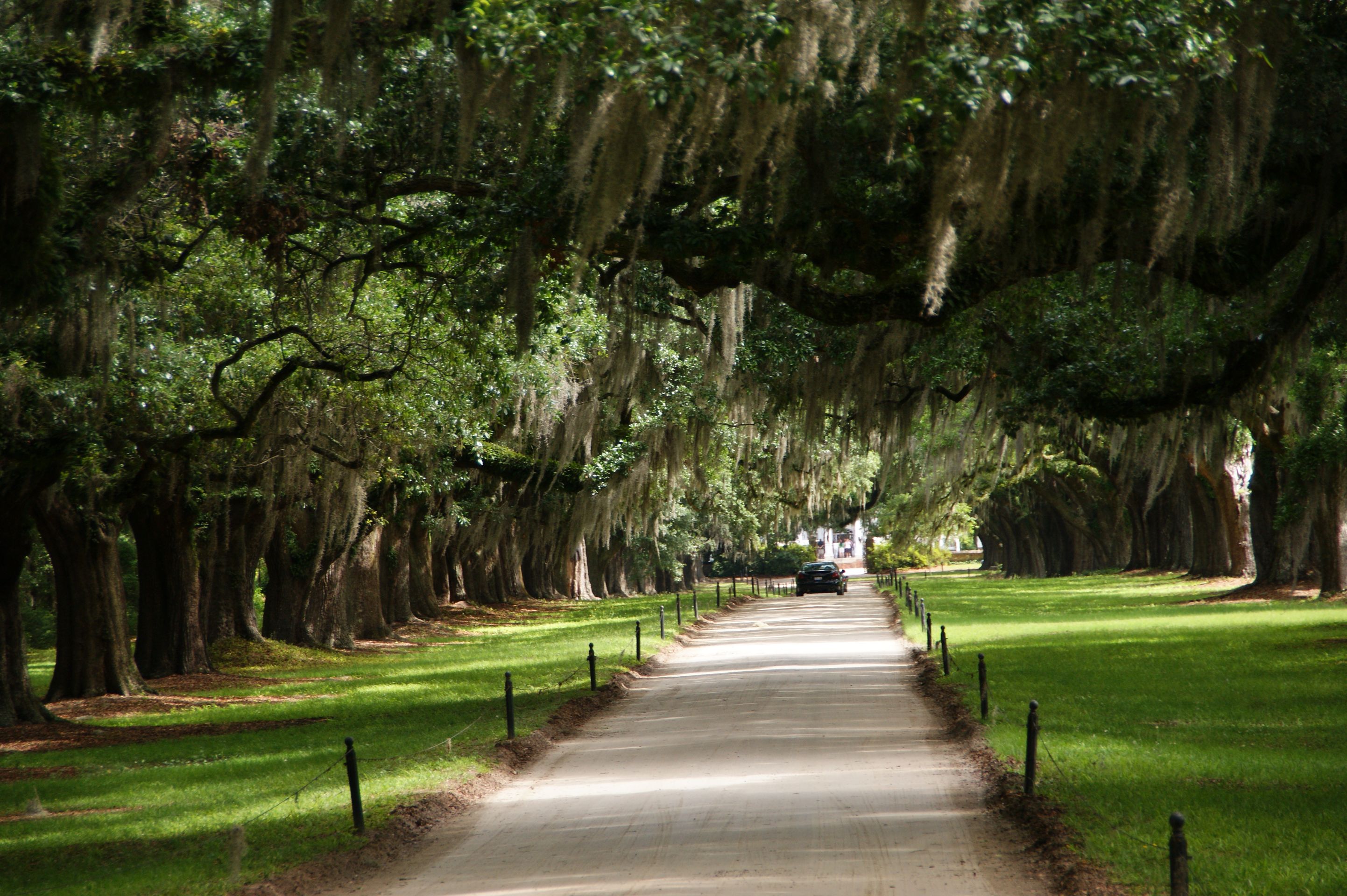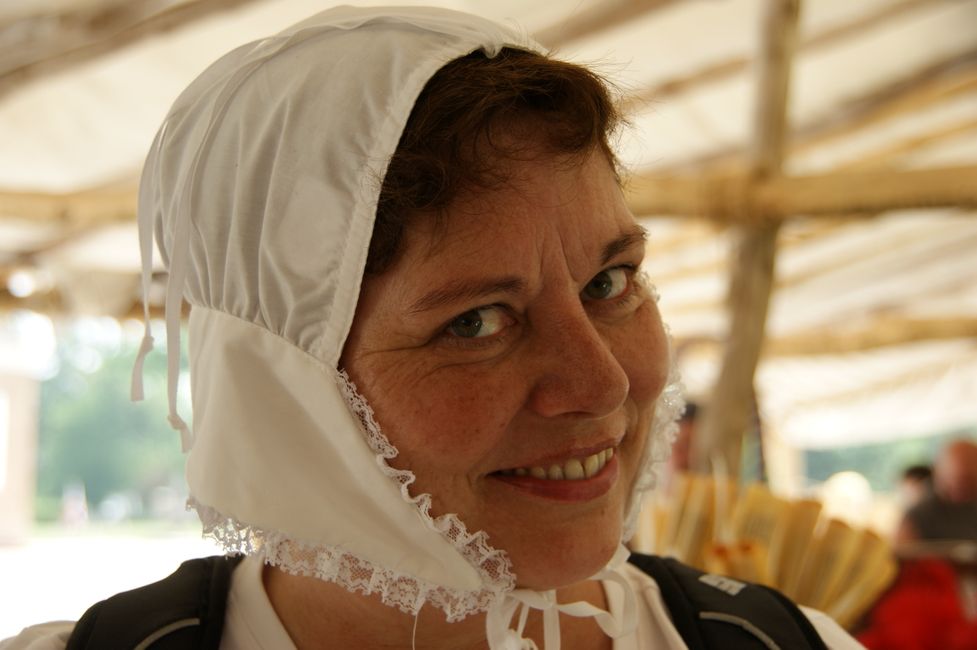
Von Atlanta nach Philadelphia - eine Reise durch die amerikanische Geschichte
vakantio.de/von-atlanta-nach-philadelphia-eine-reise-durch-die-amerikanische-geschichte
Philadelphia - a day with a lot of history
Publicados: 24.02.2021
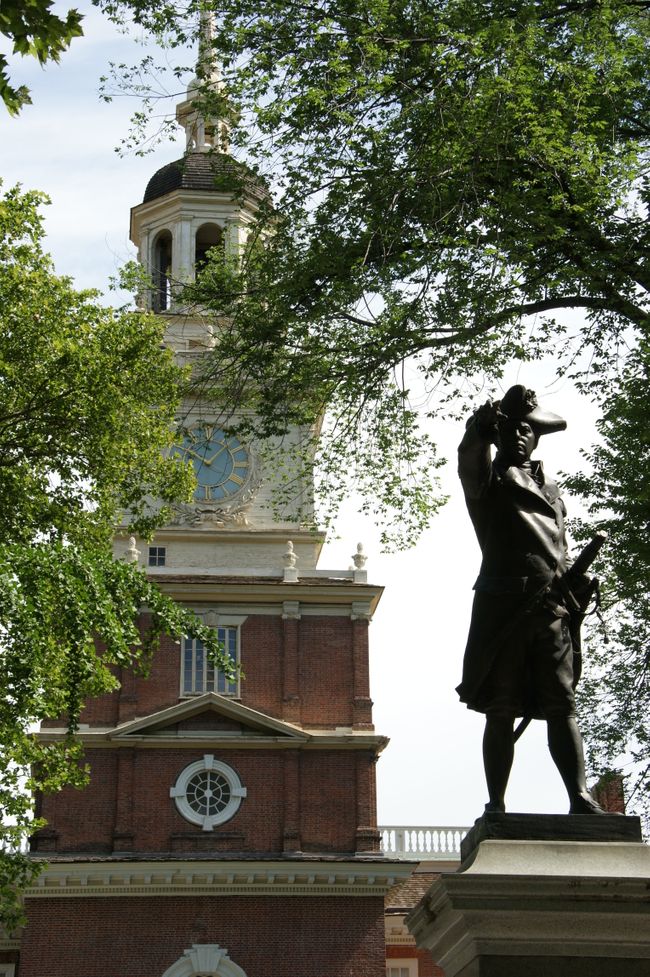
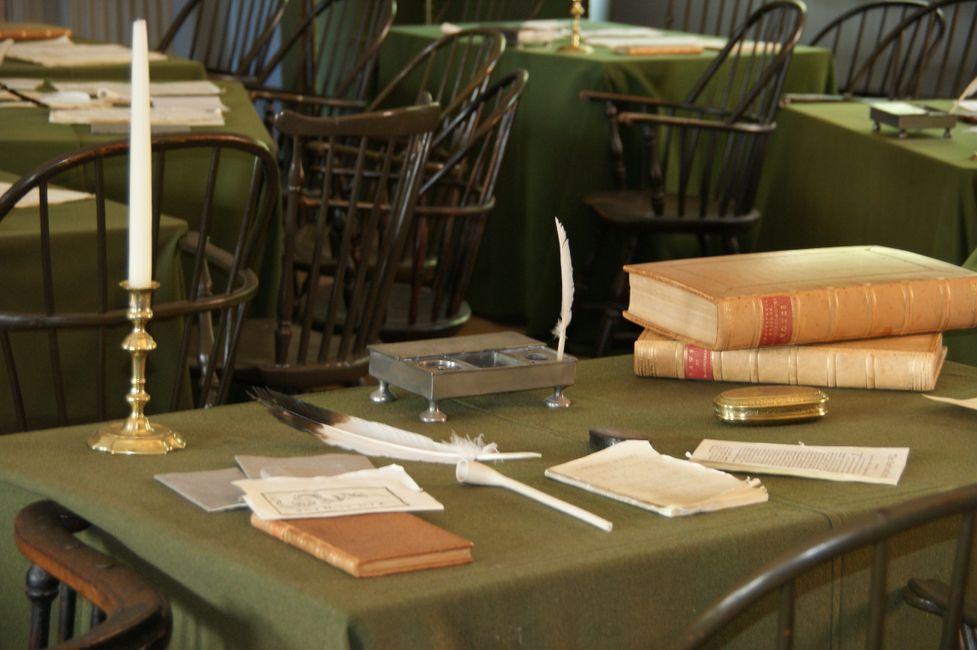
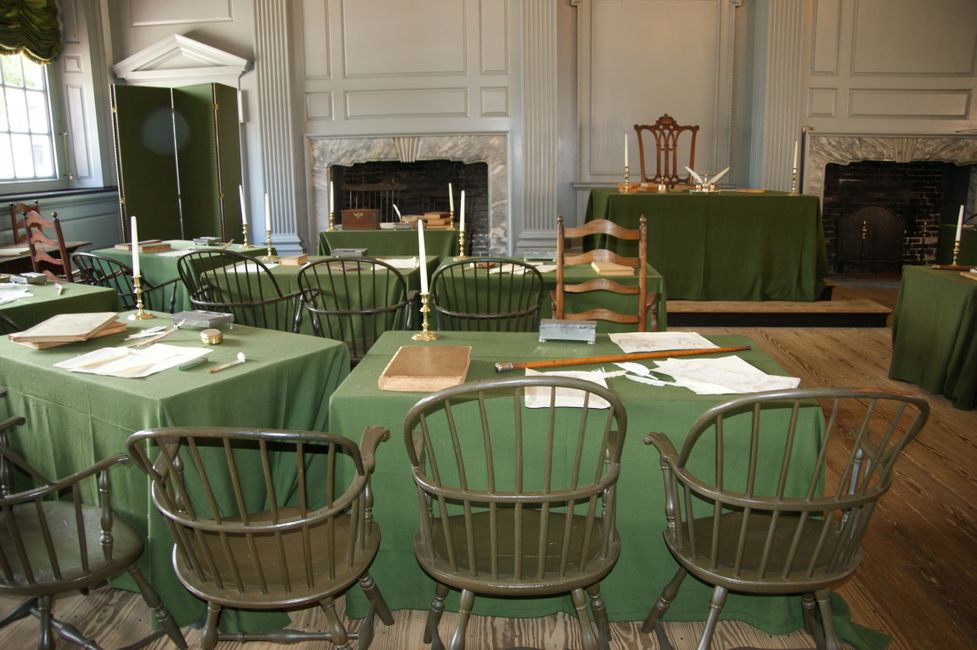
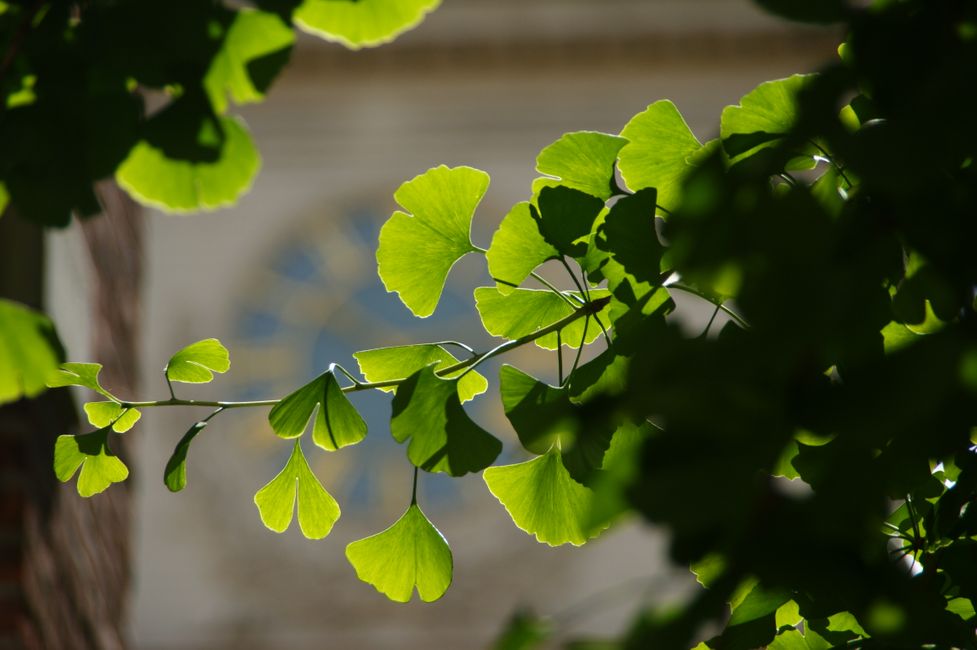
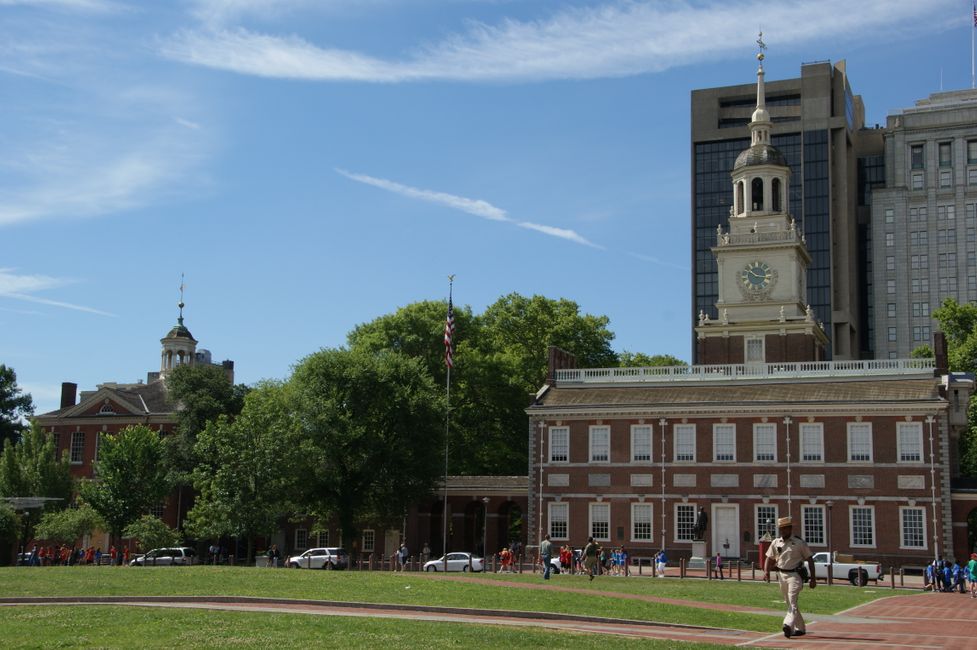
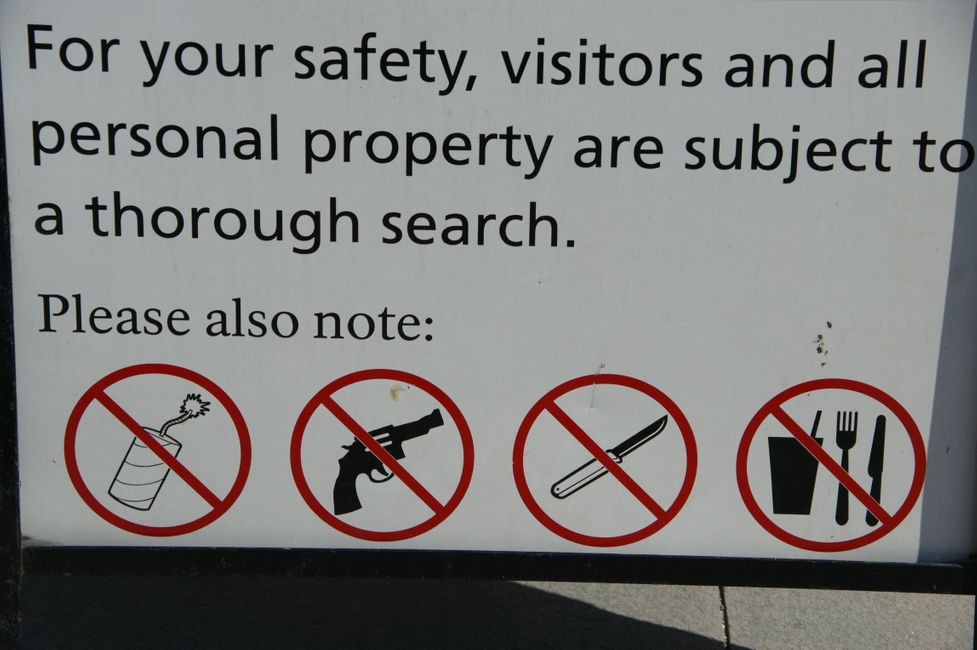
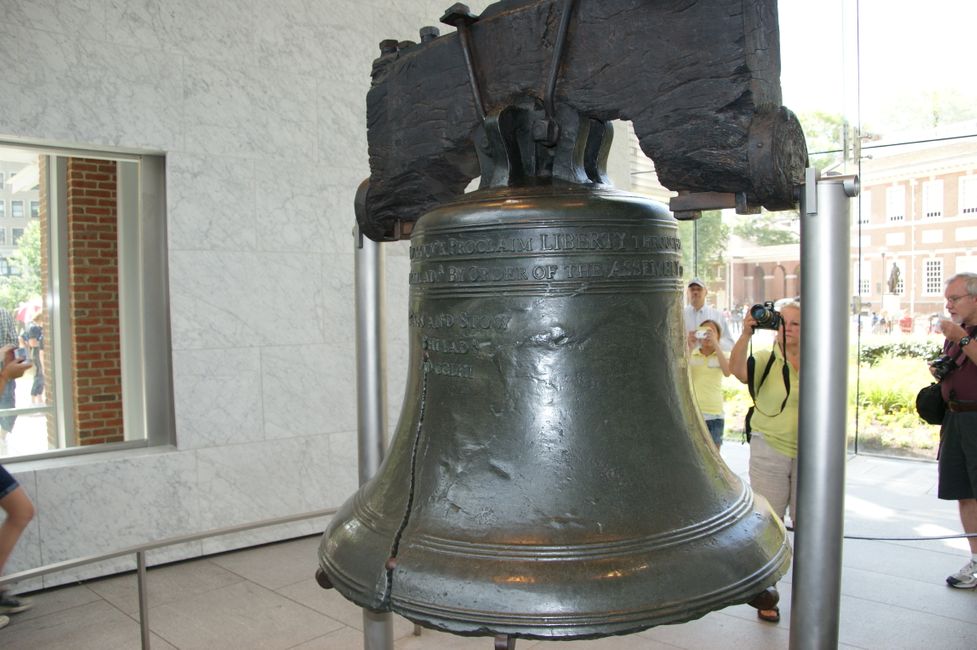
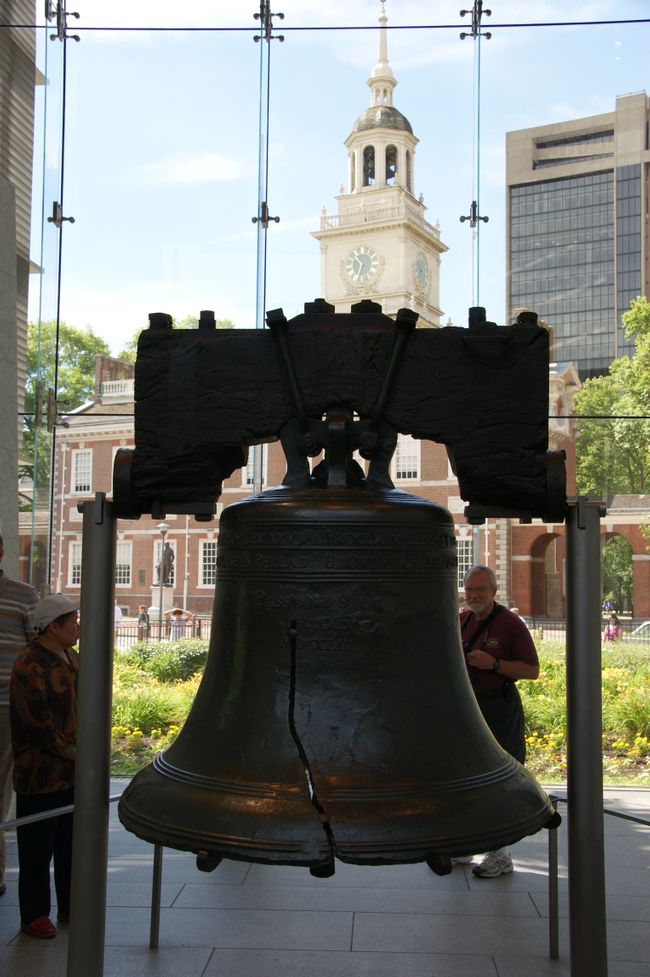
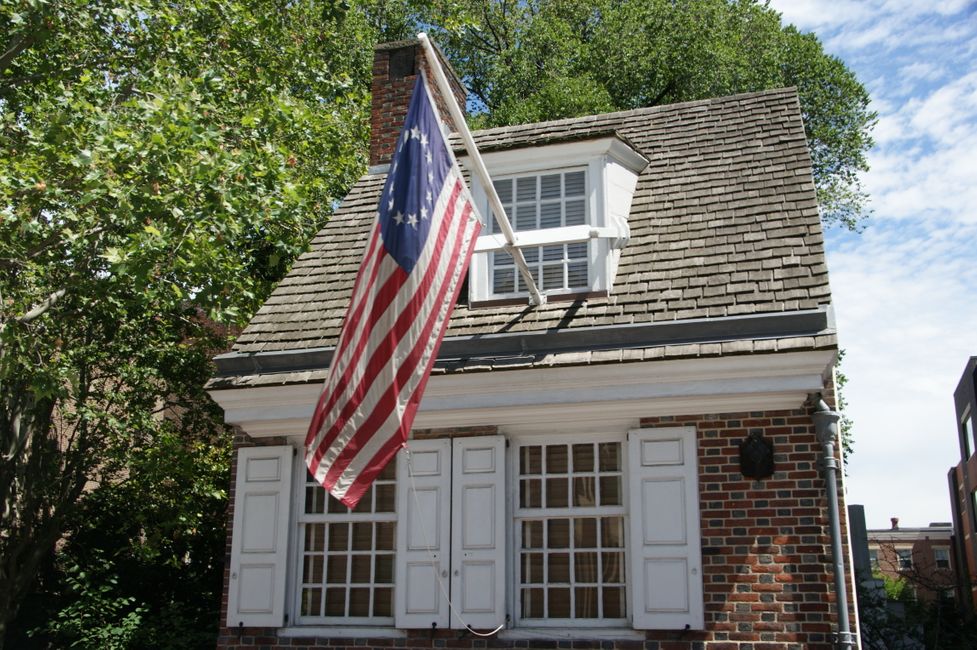
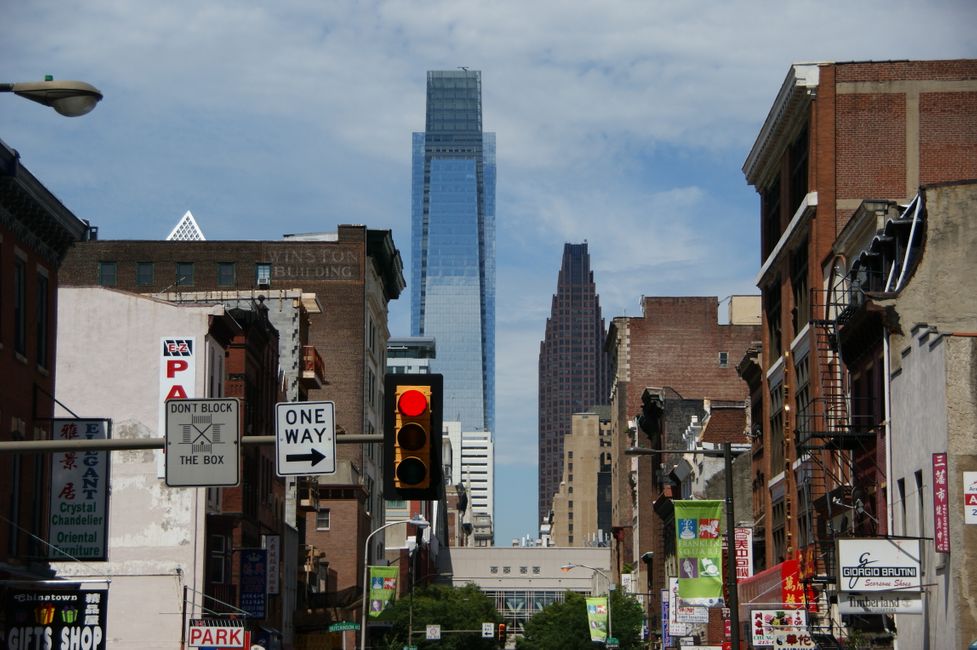
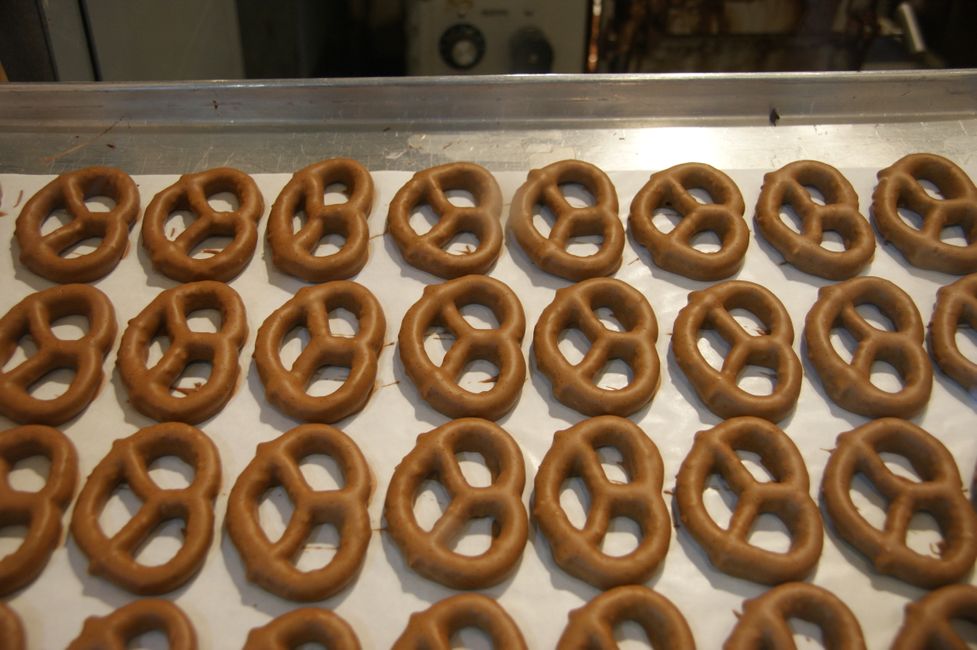
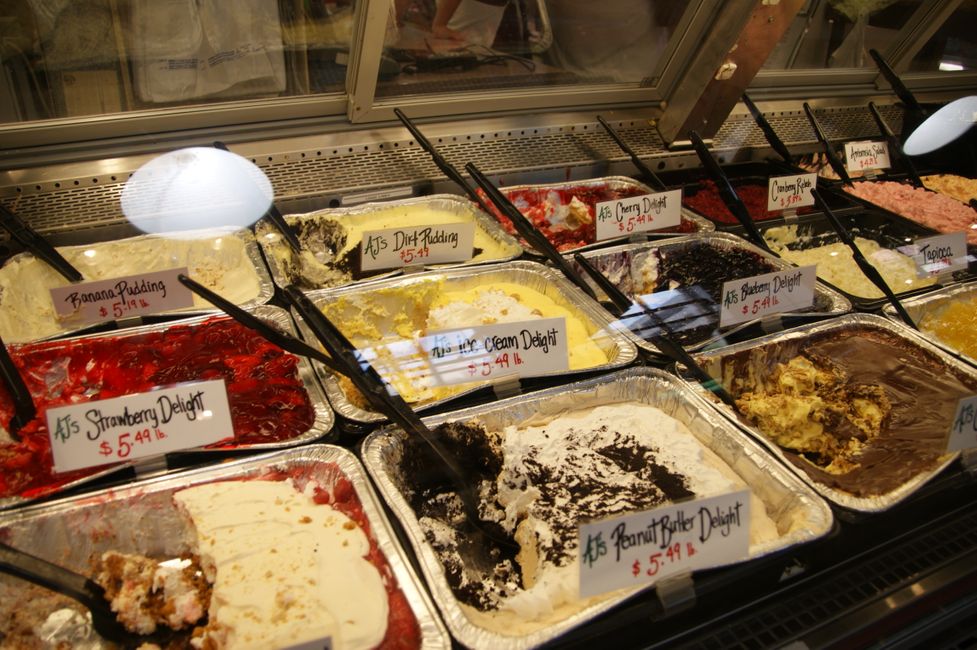
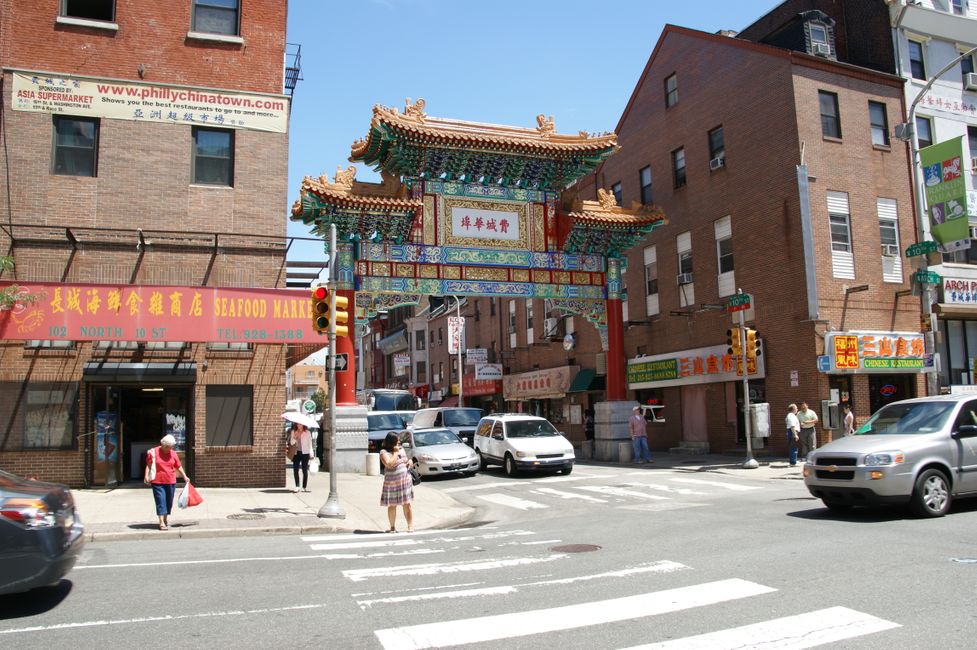
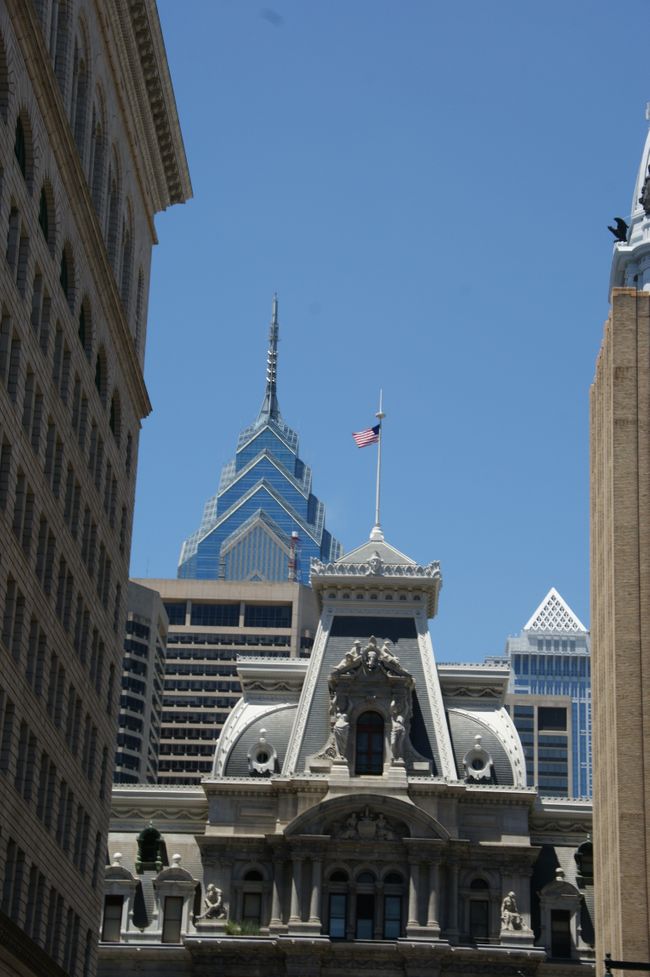
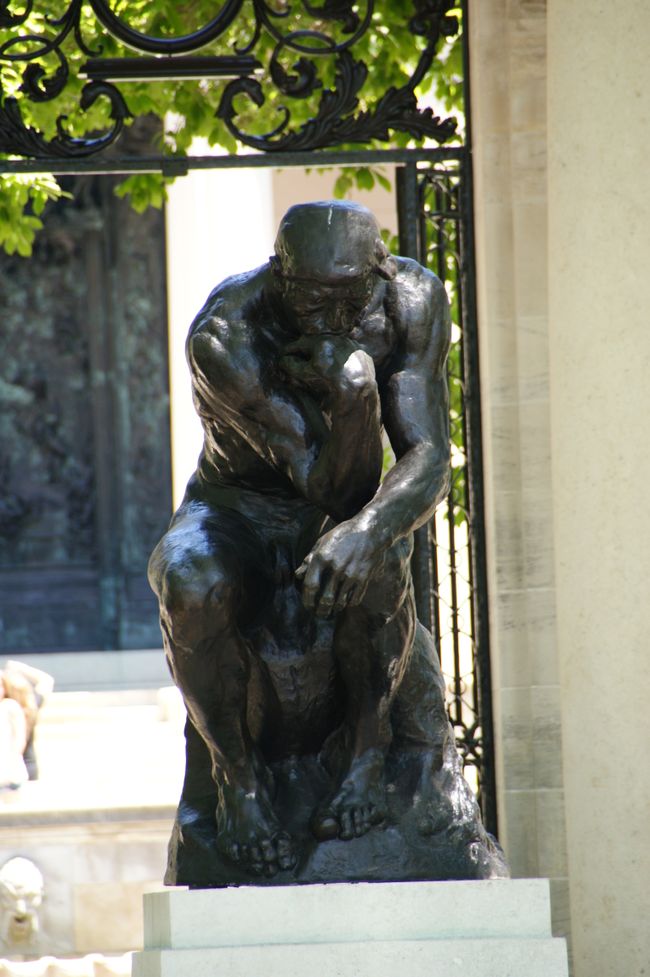
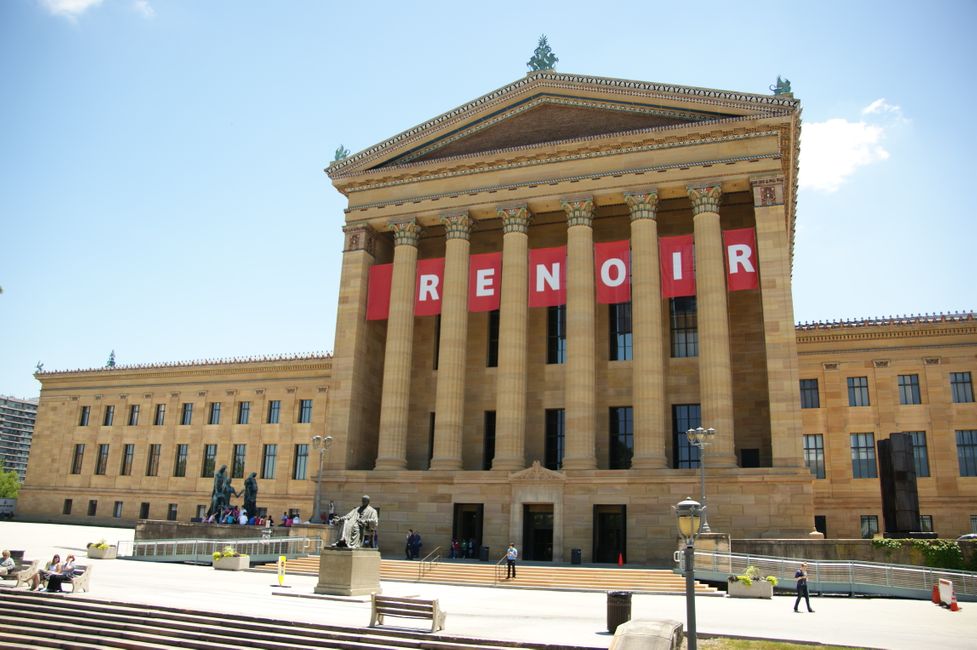
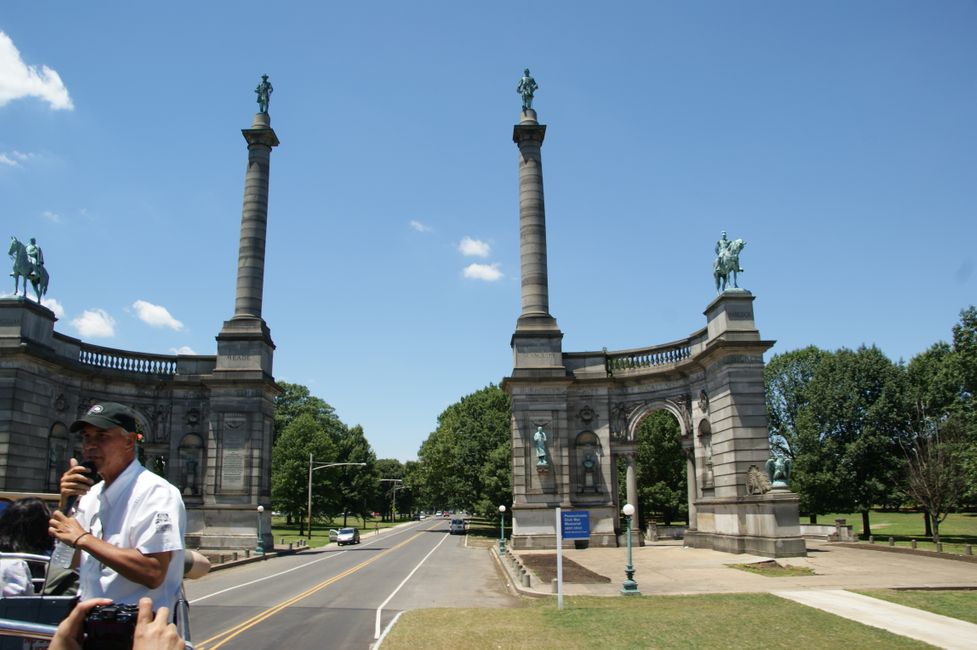
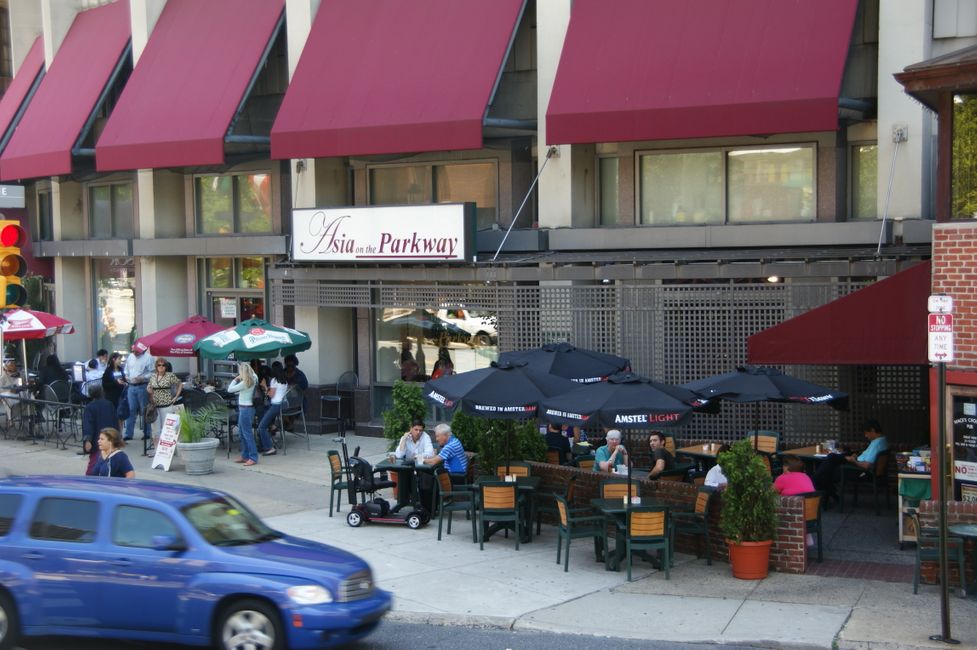
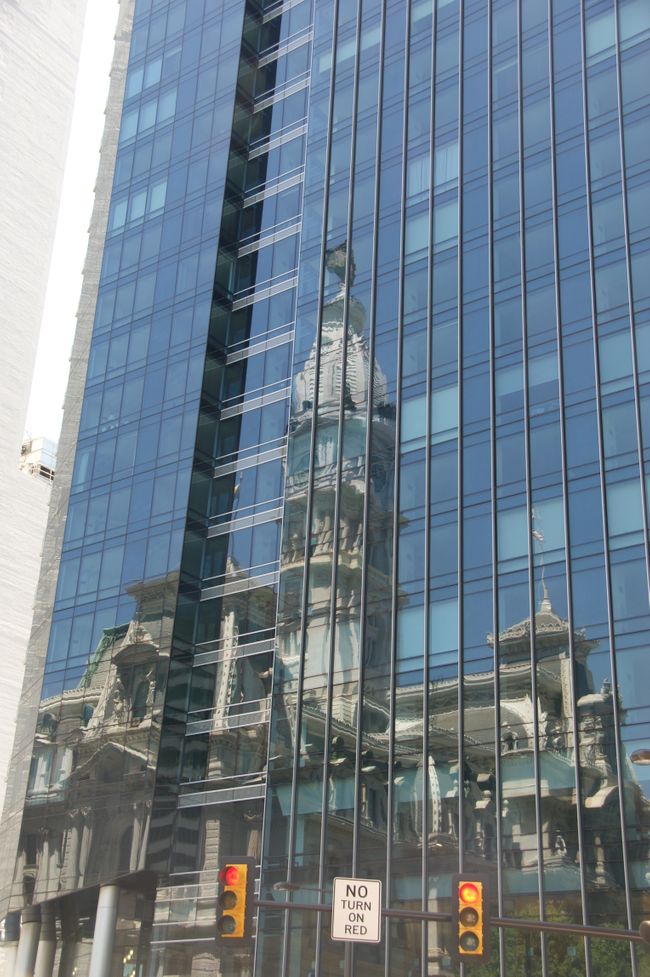
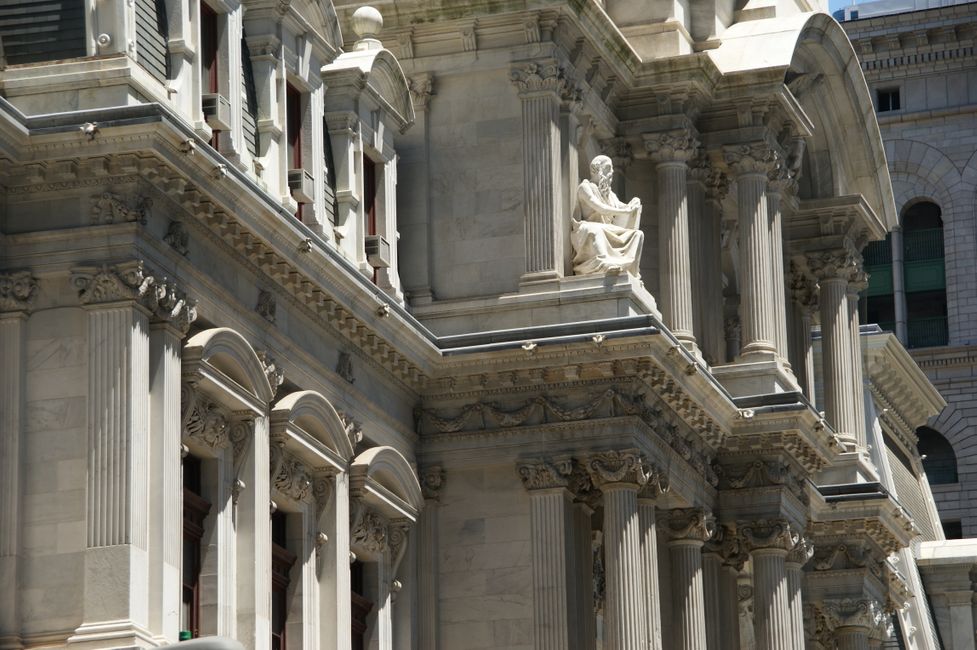
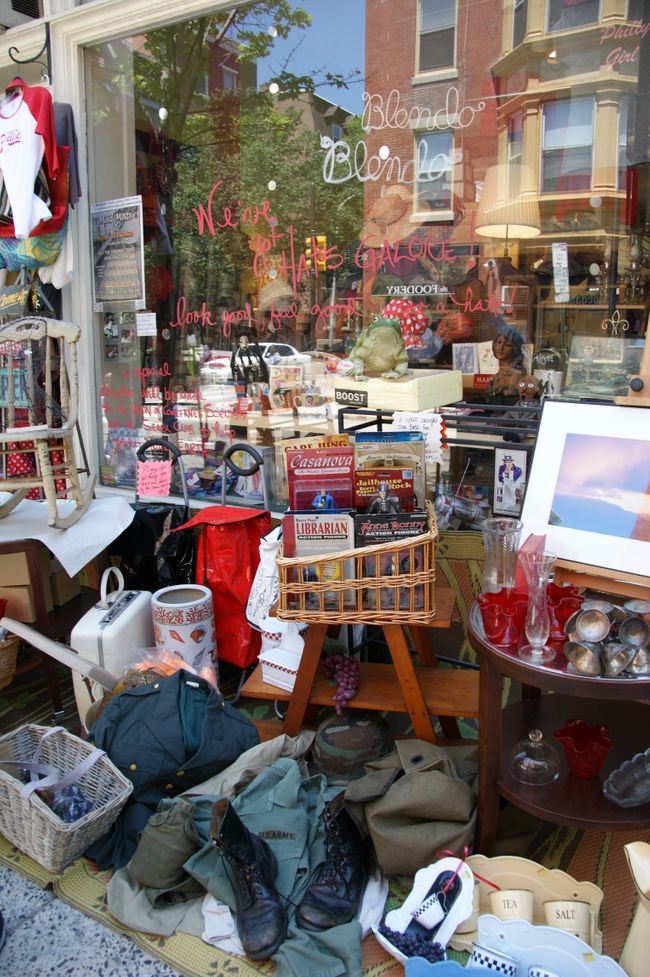
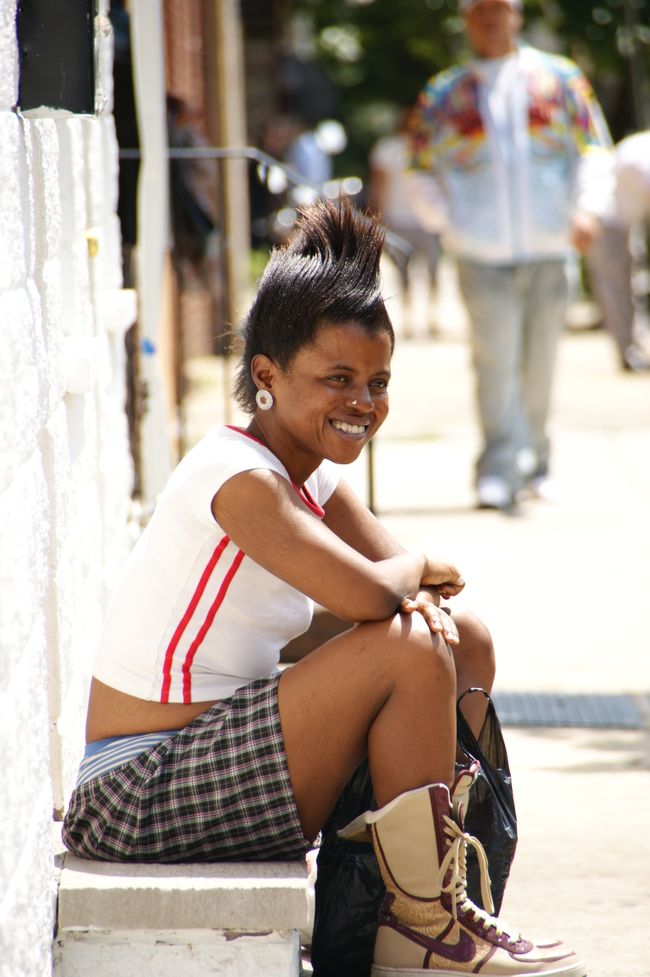
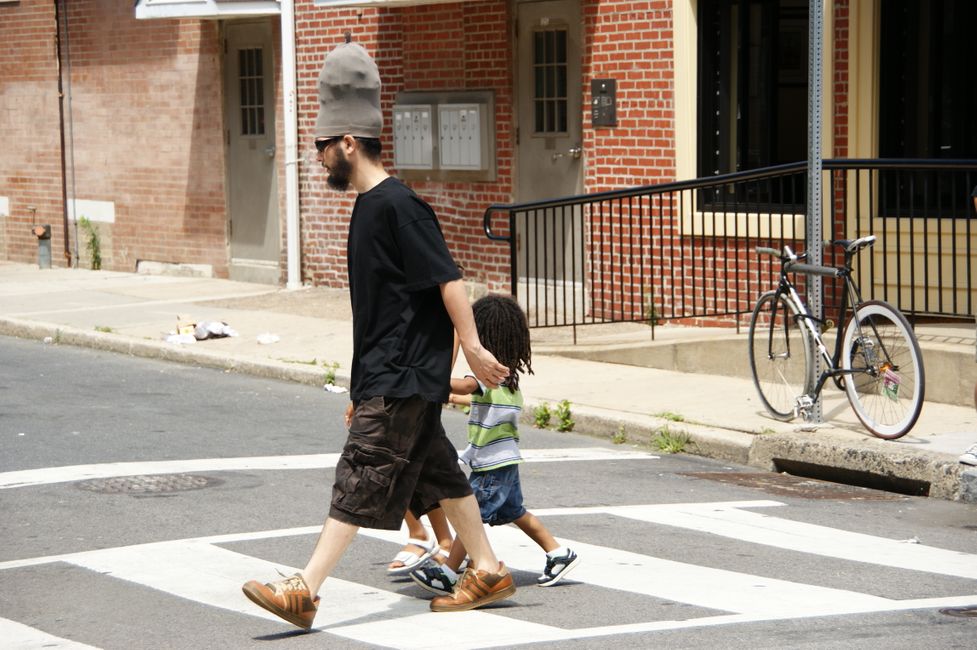
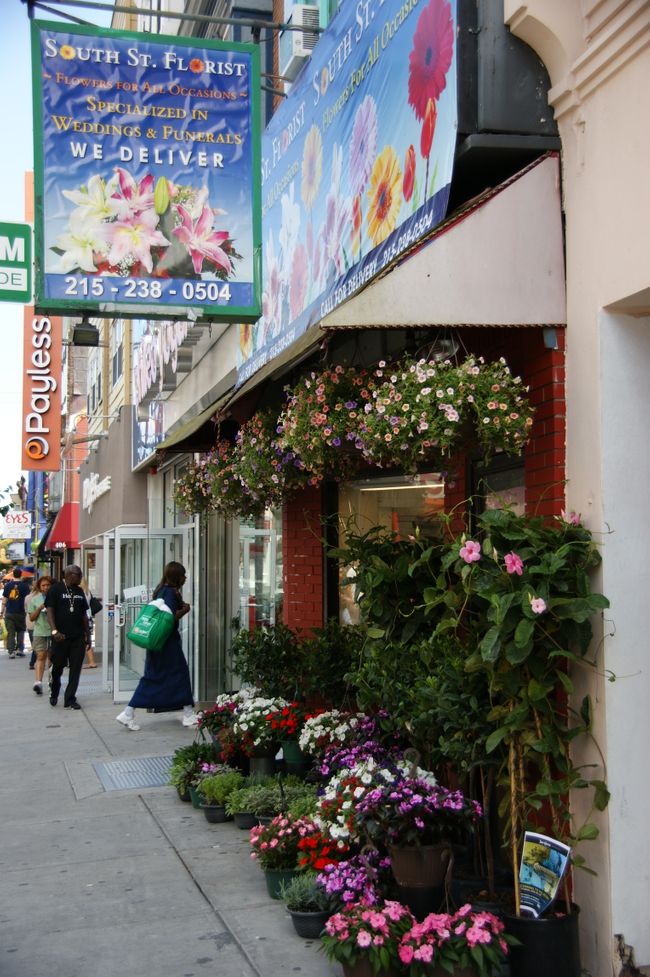
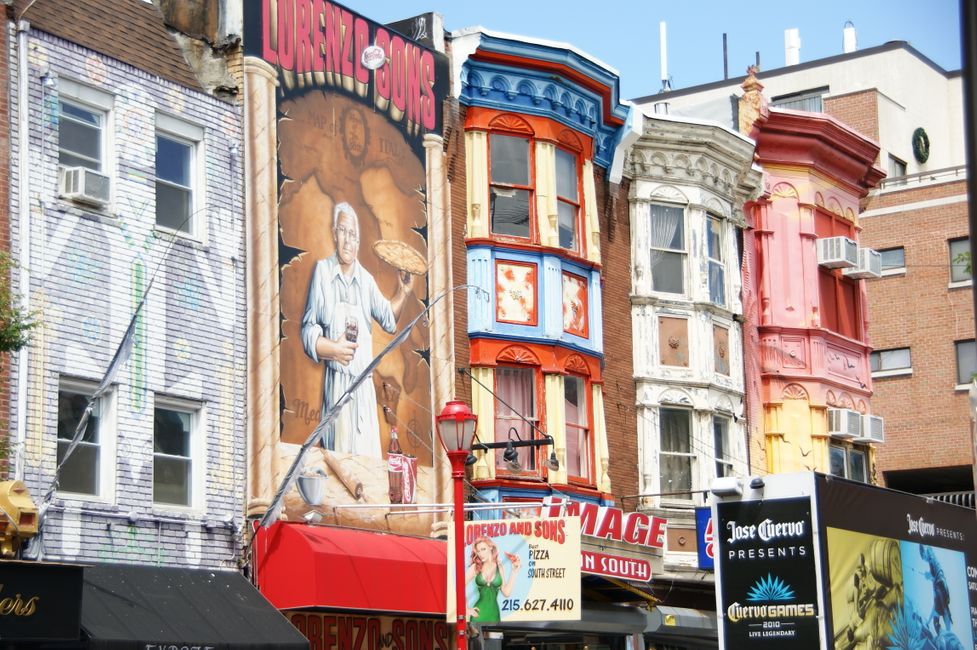
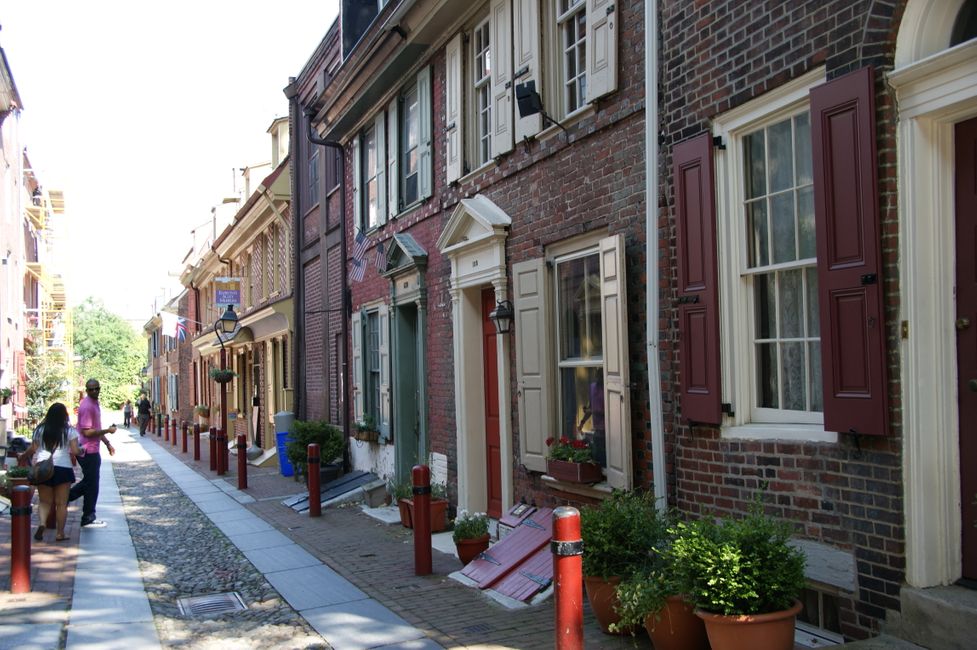
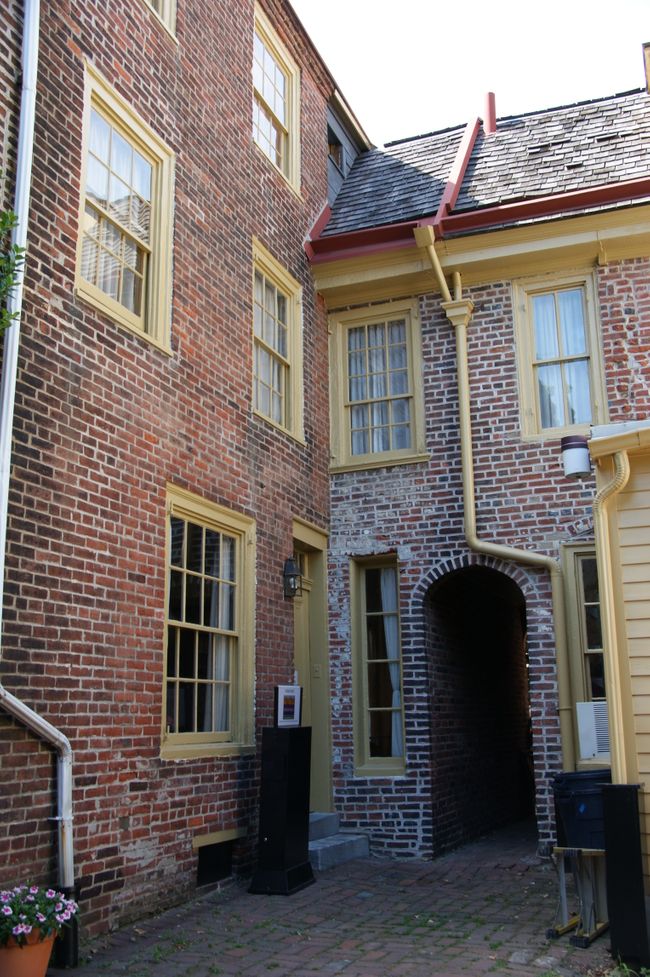
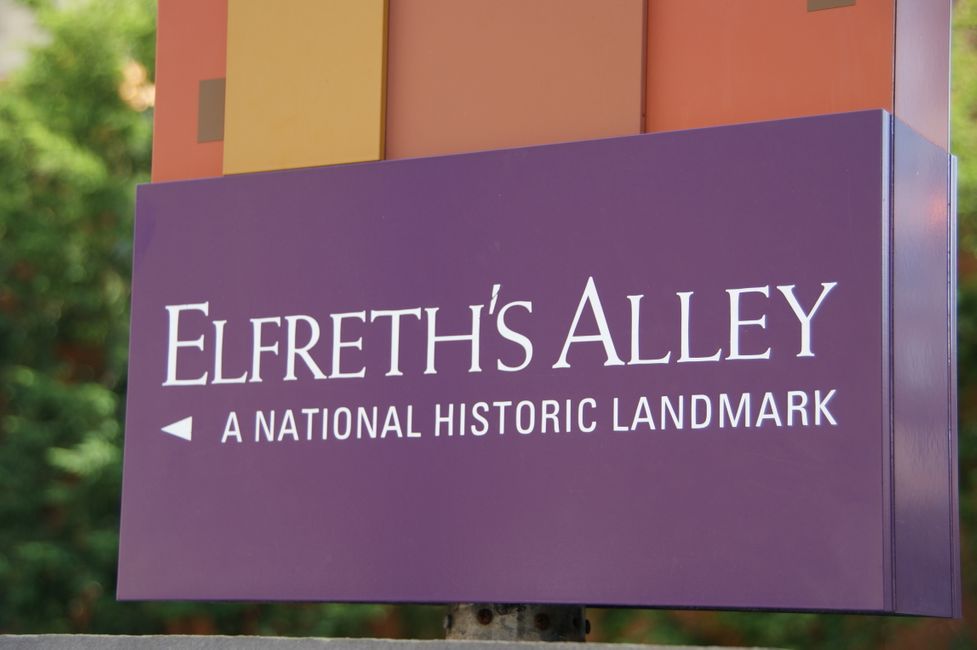

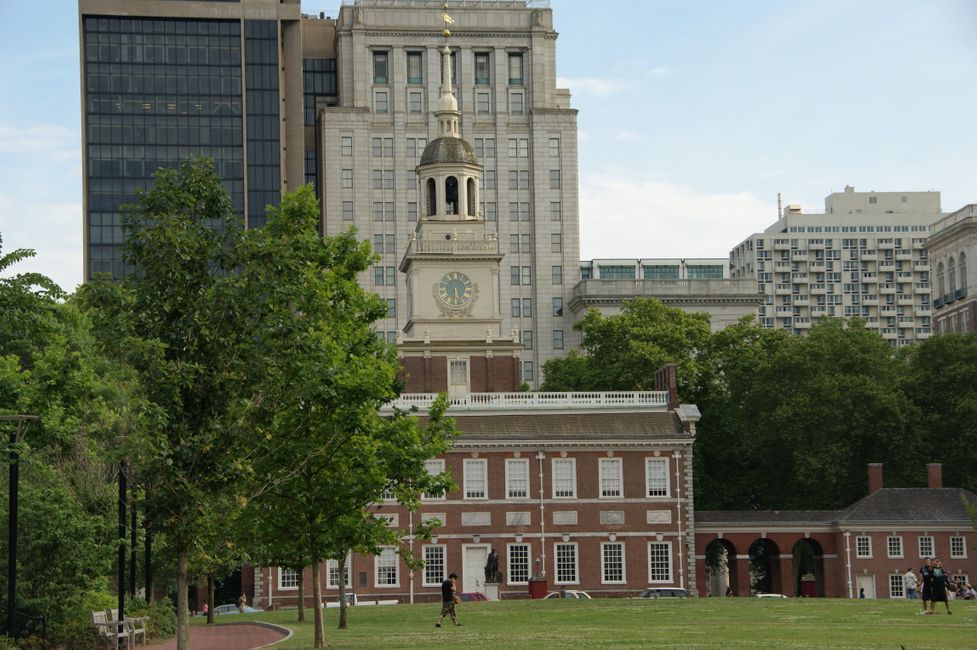
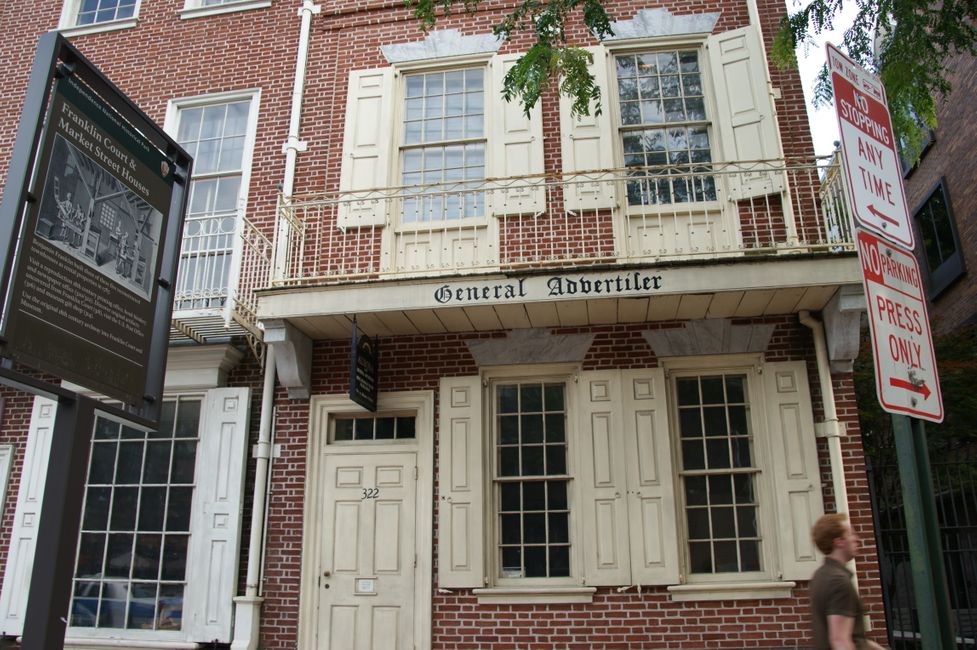
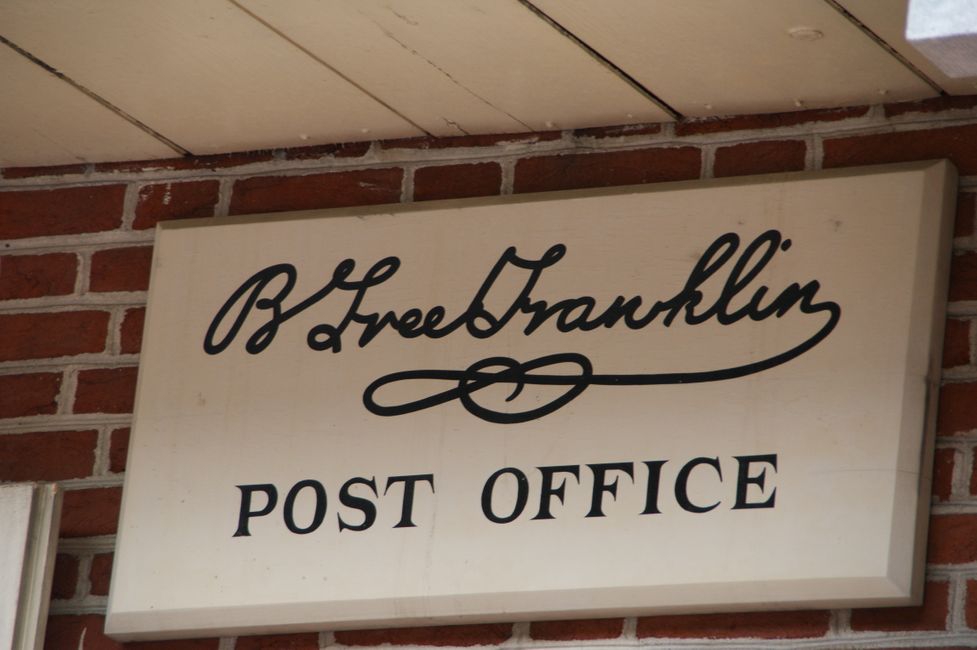
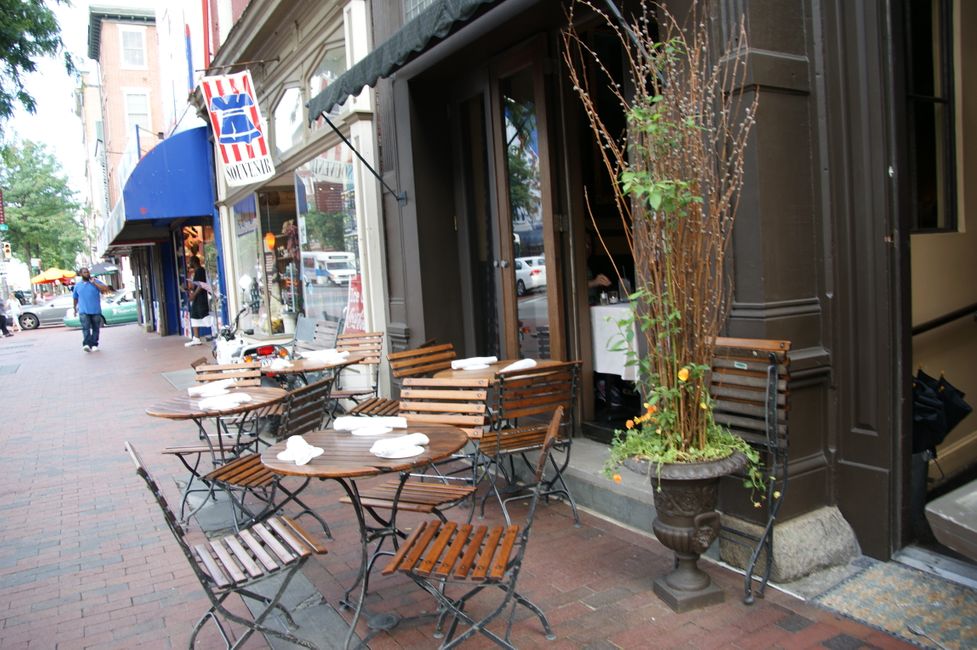
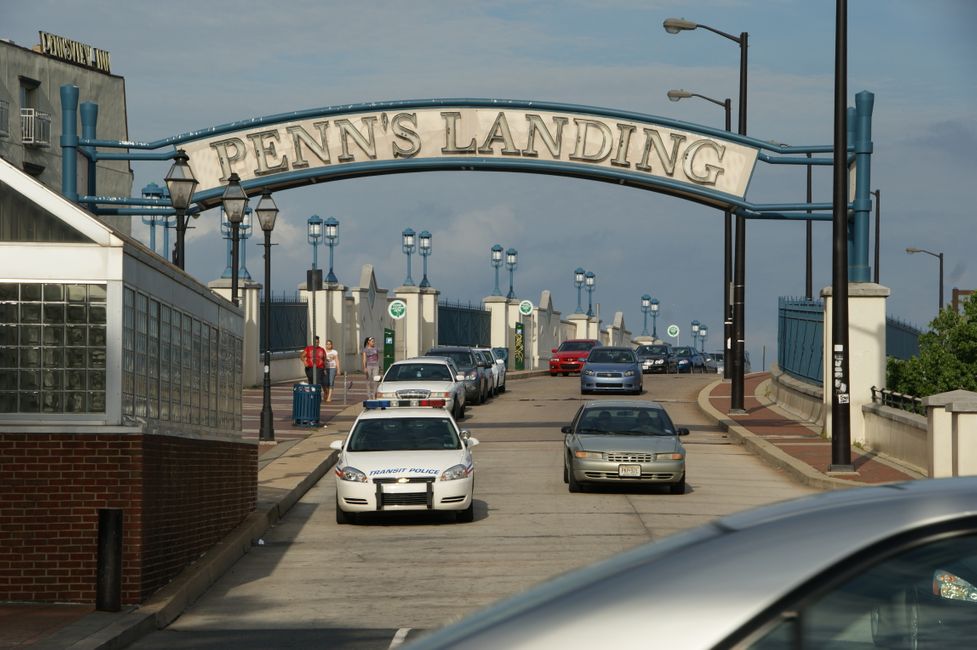
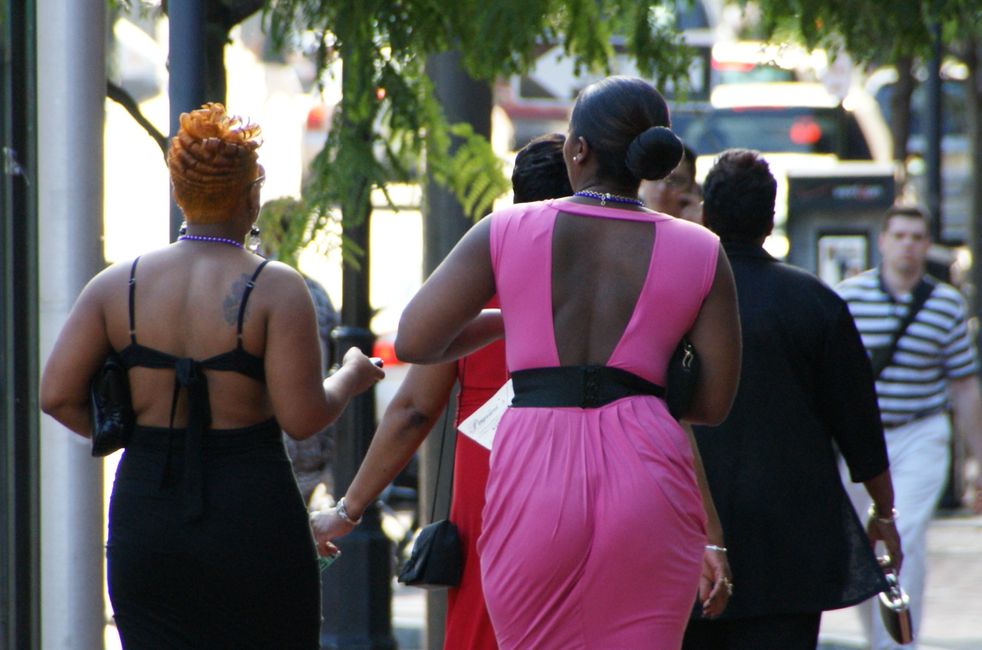
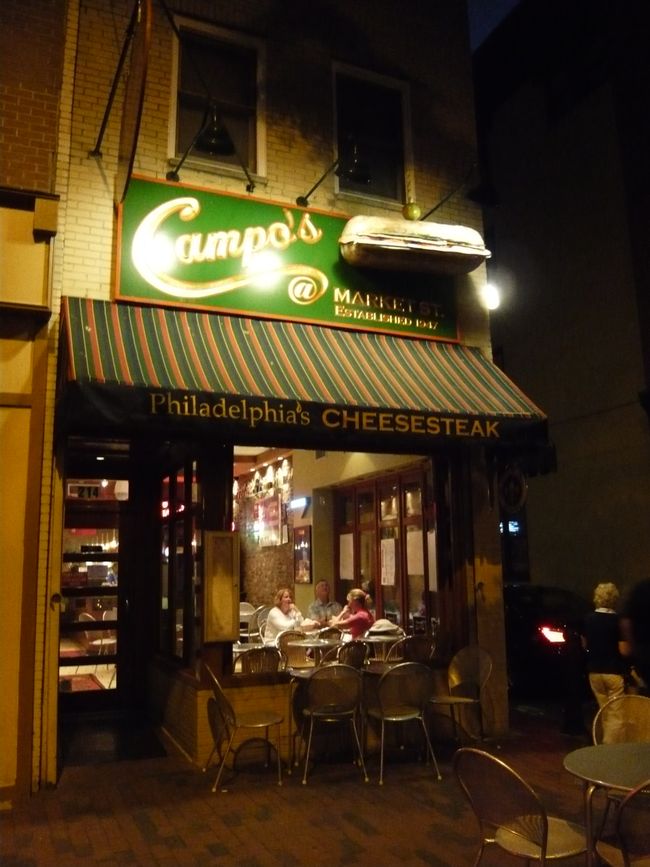
Assine o boletim informativo
Friday 11.06. - Philadelphia
The educational trip is back on track...We leave the hotel at 9.00am and head towards the Independence Hall Visitor Center. We manage to get two tickets for the 9.30am tour and go through security checks, etc. and wait for it to start. Since the Independence Hall is a National Park/National Monument, it is managed by rangers who also conduct the tours. Our ranger starts by talking about the events before the Declaration of Independence.
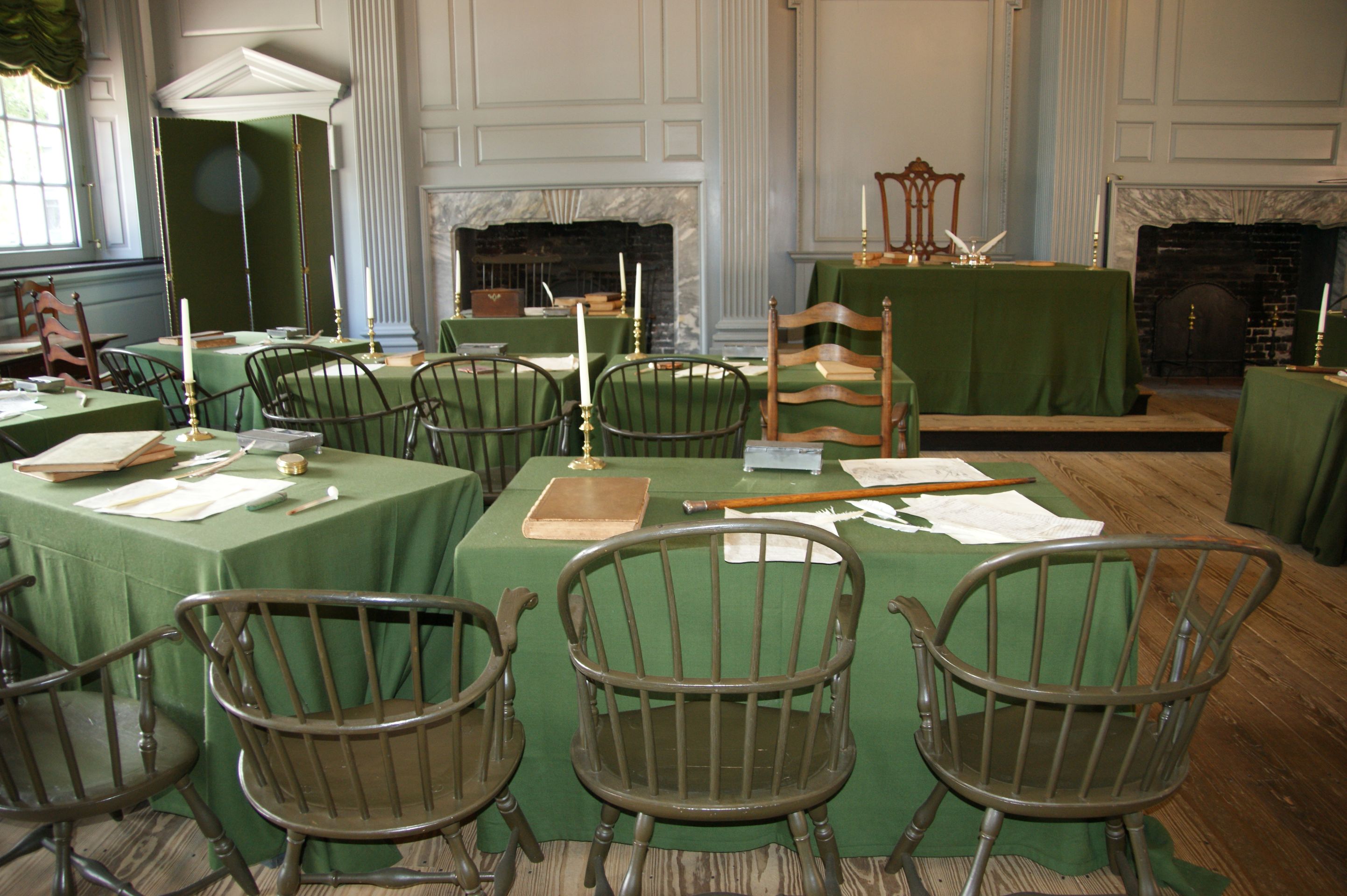
Meanwhile, we sit in the old courtroom and listen to the ranger's words, digging into our sparse memories of middle school history lessons. The Americans, of course, know these things like the back of their hand and know all the names and events. Just don't stand out... But how many of them know about the current history of the world today??
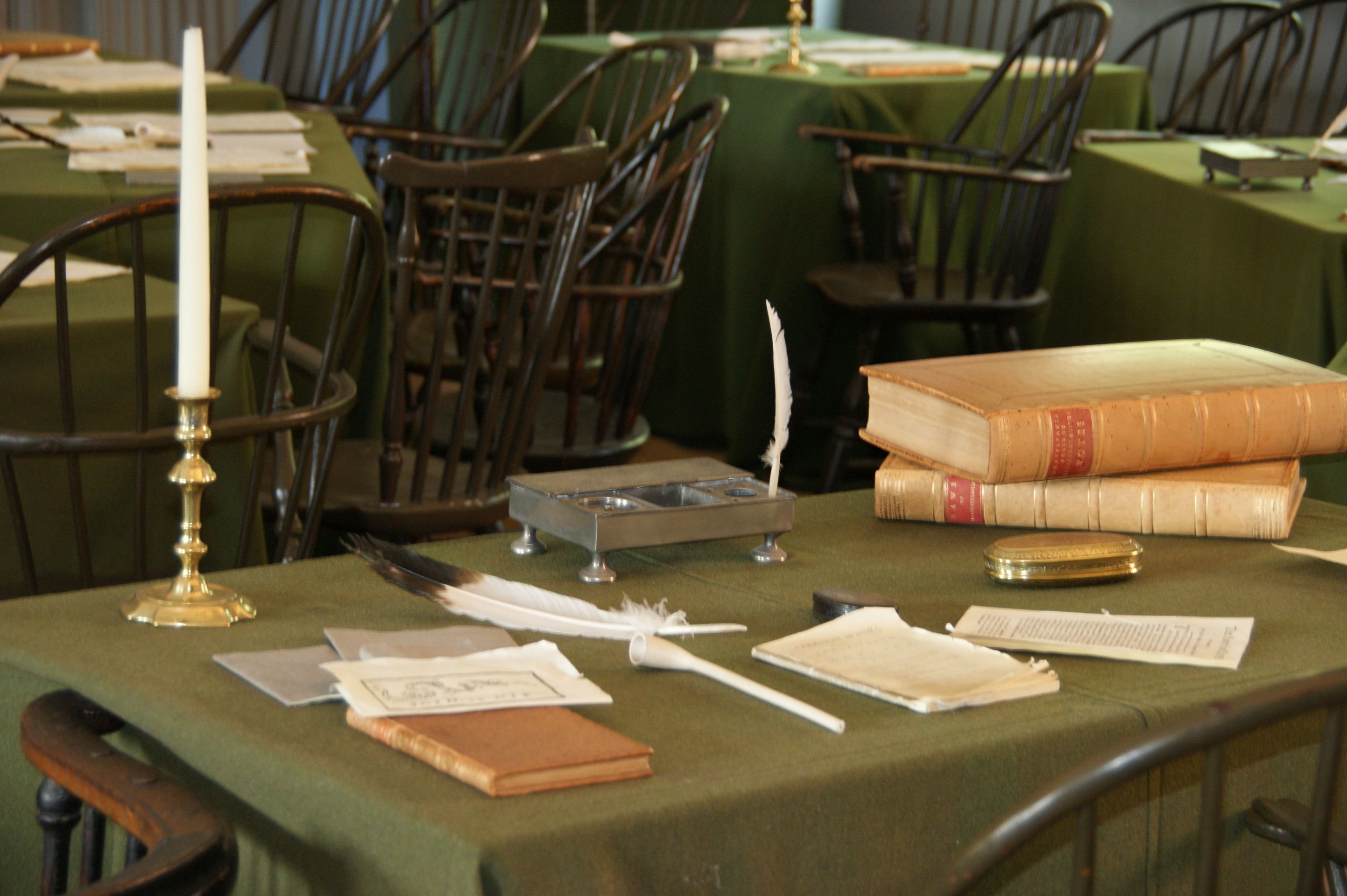
Back in the late 18th century, it was a group of men who debated for almost a year before drafting the Declaration as a “big compromise”. On July 4, 1776, it was proclaimed, and to this day, it remains the largest non-religious holiday in the USA. George Washington didn't become president until 13 years later, but he played a significant role in the drafting of the Declaration. Before America could elect its own president, it had to fight the War of Independence against the British (we remember Jamestown, one of the stops on our trip) and create a constitution.
Back then, the question of slavery was also a significant factor (we remember our first days in Savannah and Charleston, the slave situation in the southern states). When it came to the constitution and the number of delegates allocated to each state, population size was crucial. Since there were significantly more slaves in the southern states than in the northern states, a debate arose about how to count these people (!) in order to maximize influence.
At that time, slaves were also subject to property tax because they were taxed as if they were houses. It was decided that five slaves would be counted as equivalent to three whites.
Today, just like back then, each state has two senators, backed by a varying number of delegates based on population. This accounts for the size of the states in terms of population, but it is not visible in Congress because only the two senators per state sit there (we recall our visit to the Capitol).
These senators must represent the majority opinion of their delegates in Congress.
Once all of this was clear, the declaration of independence from the motherland was made in 1776, and they immediately found themselves in another war. Eventually, it became too expensive for England (it was quite far away), so in 1781, they witnessed the surrender of the English.
It wasn't until after the Civil War (1861-1865) between the Northern and Southern states that the slaves were truly freed. Lincoln signed this addition to the constitution in 1866.
In 1924, Native Americans (now referred to as Native Americans as a politically correct title, while in Canada they are called First Nations) were granted citizenship rights. In 1965, all African Americans were granted the right to vote.
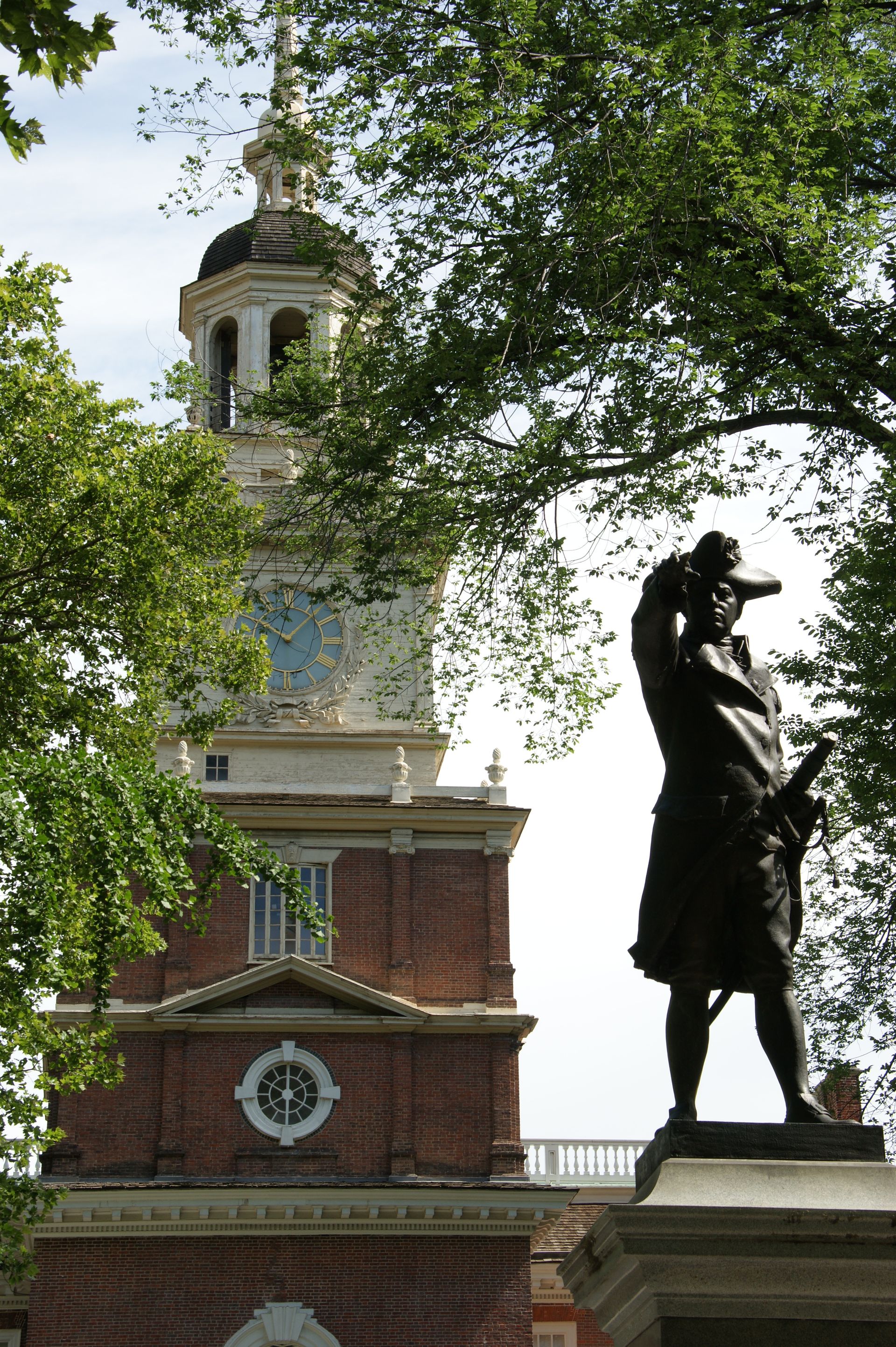
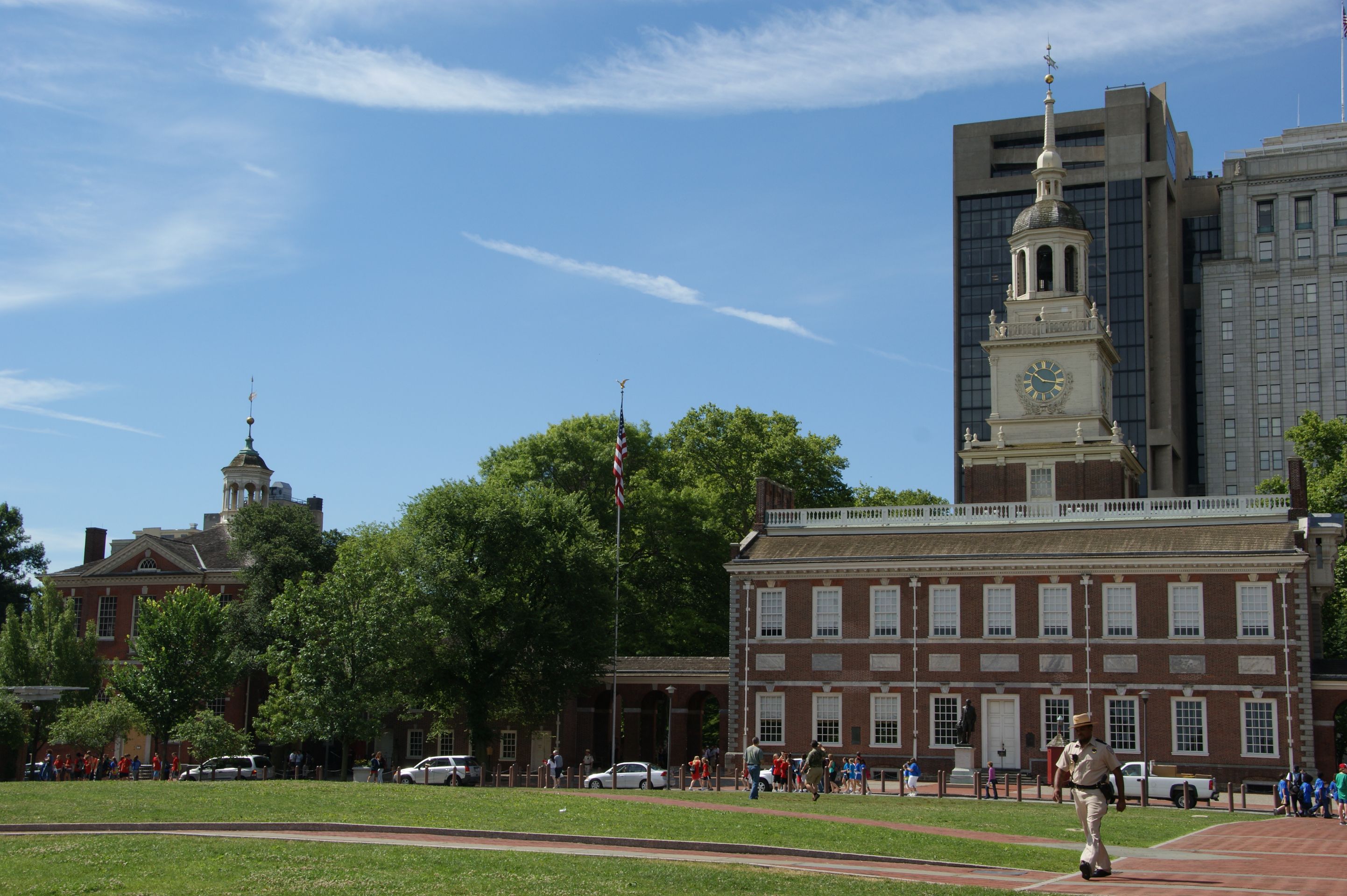
Full of these connections, the view into the former meeting room, and the historic furnishings, we leave the Independence Hall and walk over to see the Liberty Bell. Again, we have to wait in line, go through security, and have our backpacks searched.
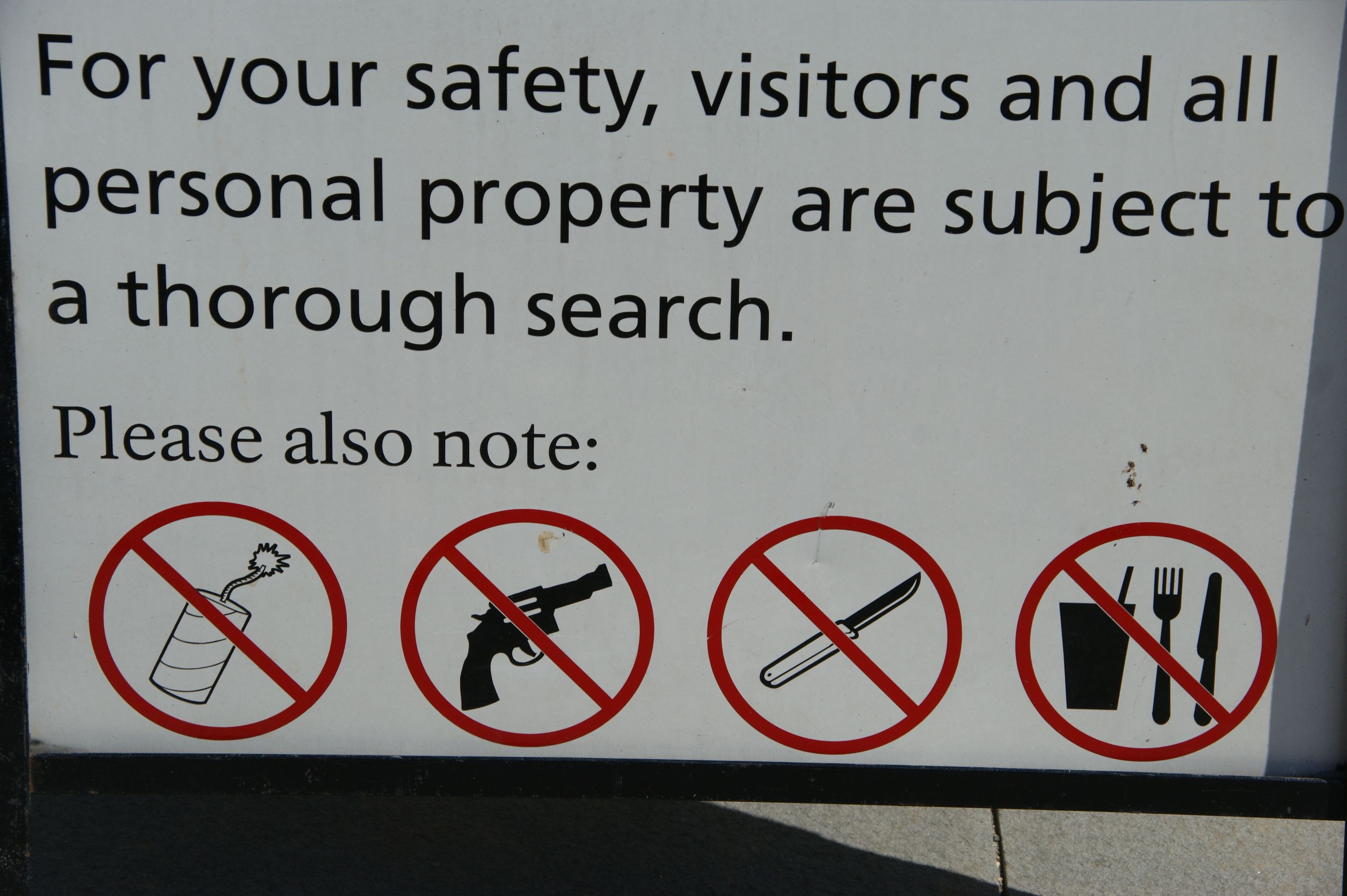
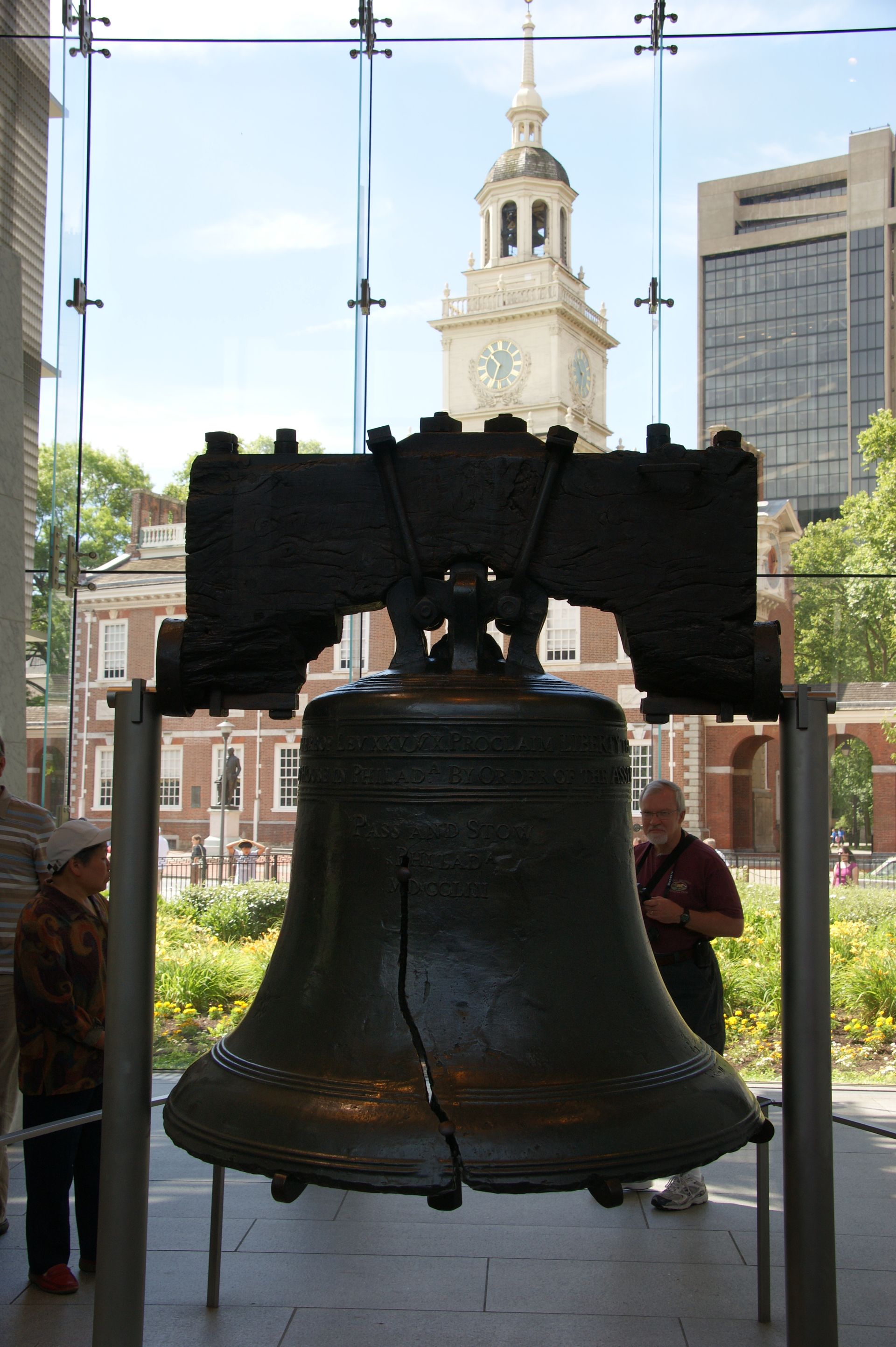

By 11.00am, we're done with history, so we buy tickets for a hop-on-hop-off city tour and ride to the Reading Terminal Market, which used to be a train station but has been a market hall and food temple since 1892. The upper level tracks are now covered with marble and there is a ballroom there belonging to the neighboring Philadelphia Convention Center. There are some Amish stands offering more or less good things. The pretzels are disgustingly greasy and taste much better in Baden-Württemberg.
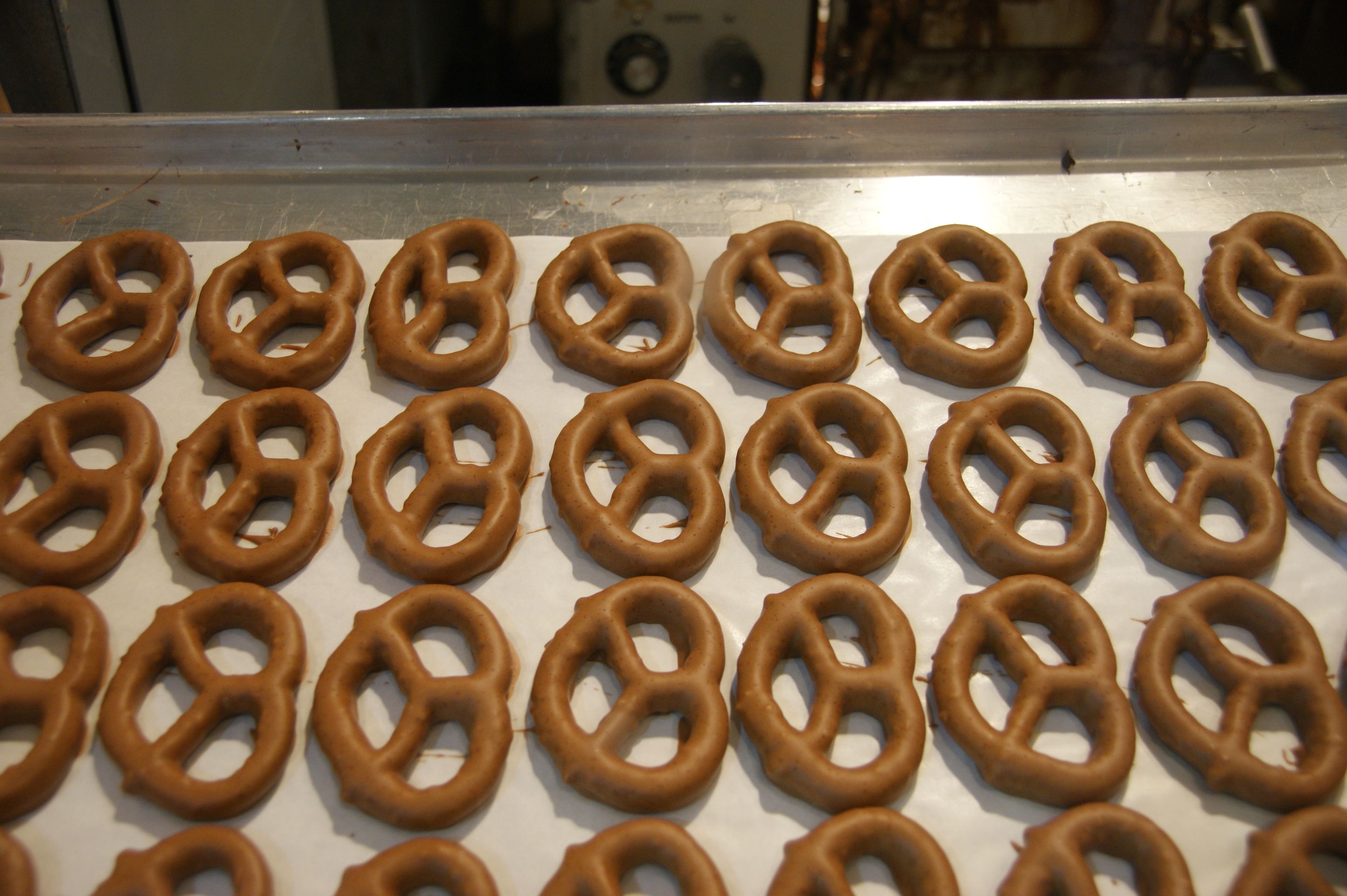
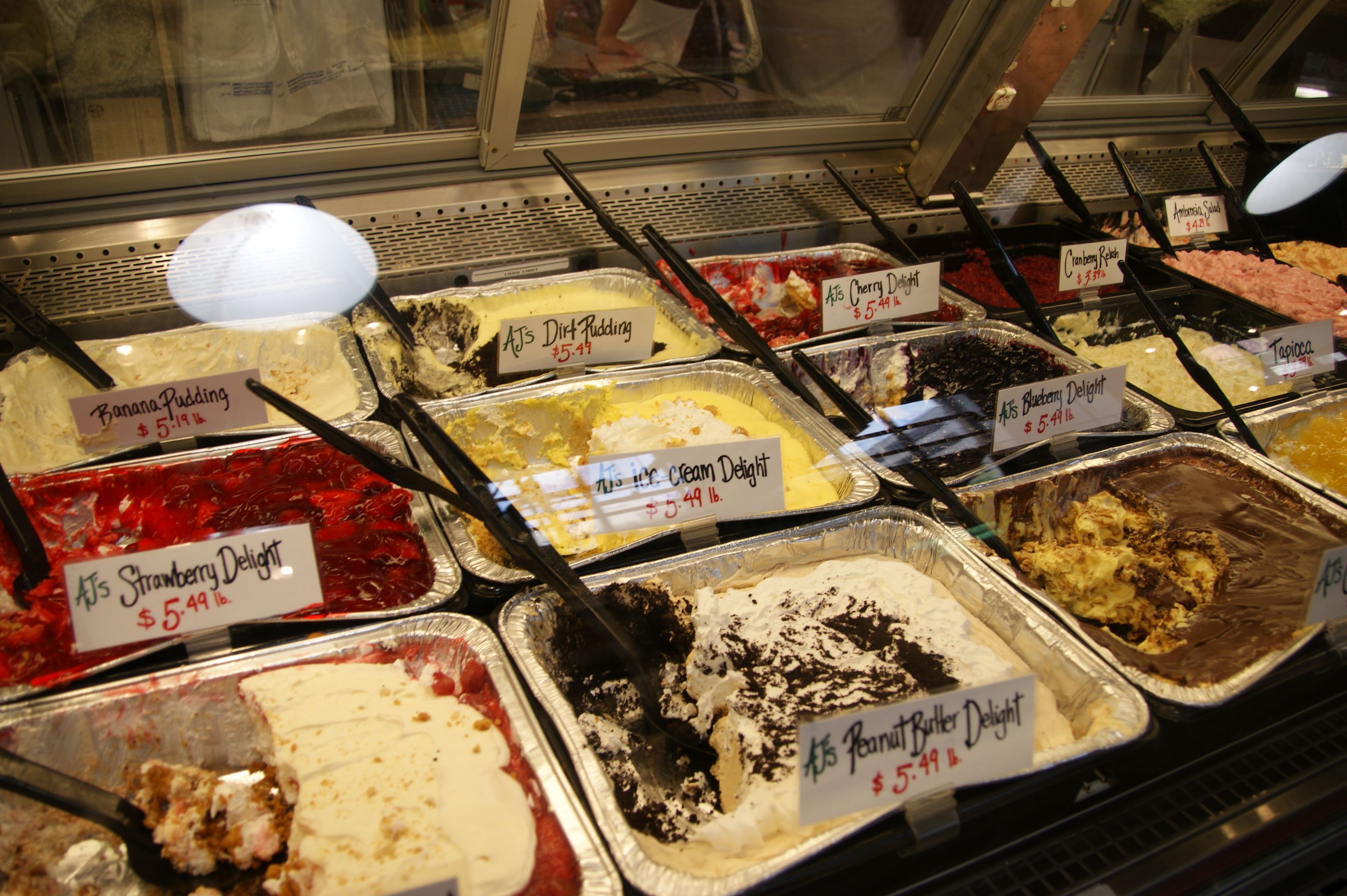
When we try to get back on the sightseeing bus, we are disappointed because there's no room. We walk back to Chinatown and wait there in the blazing sun for another 30 minutes for the stupid bus. After securing a spot on the upper deck where there's fresh air, we stay on board and drive past gigantic museums, art galleries, and the zoo.
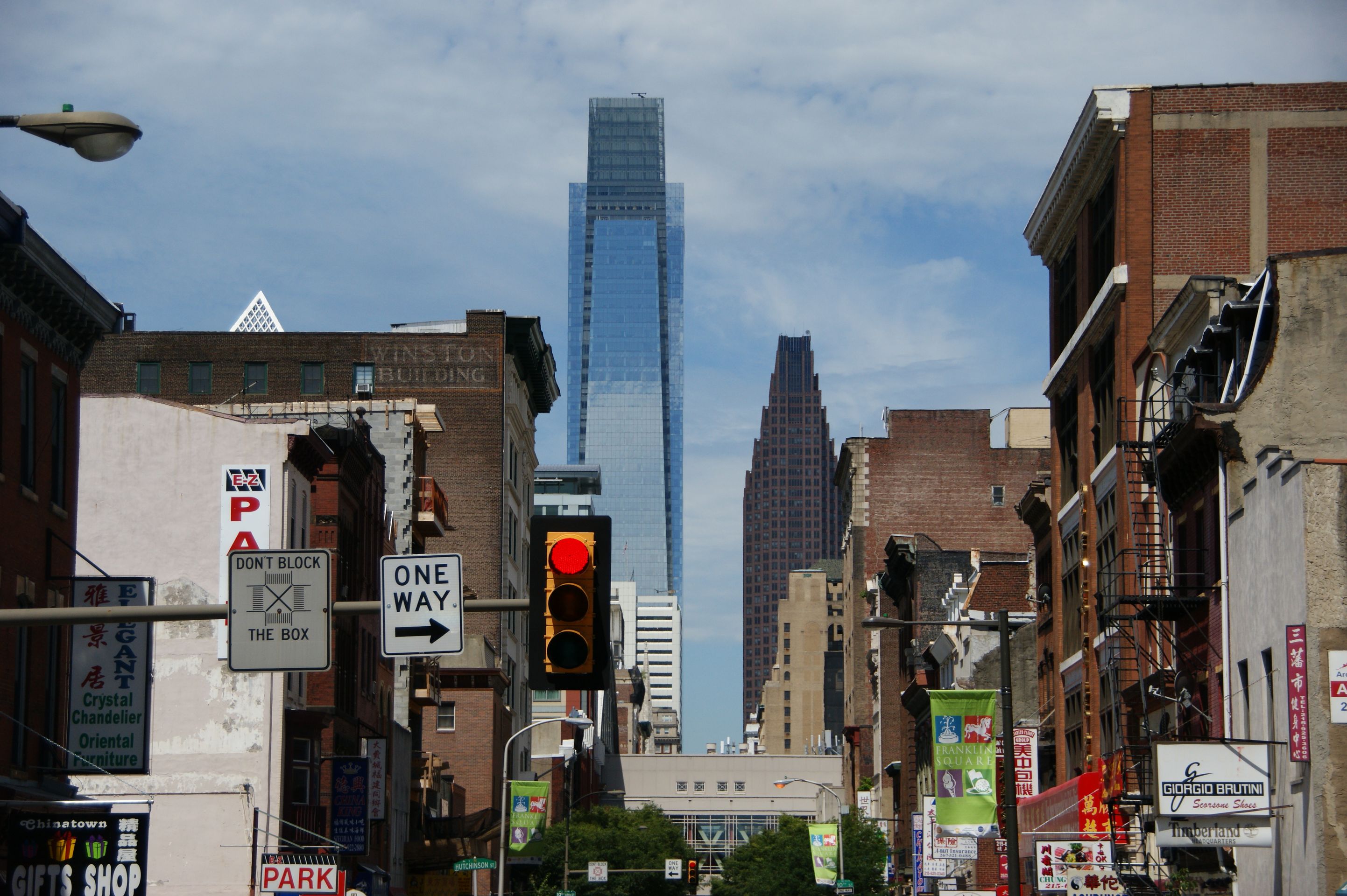
We get off in the antiques district and continue on foot. We walk through South Street, which has both crazy shops and the corresponding clientele.
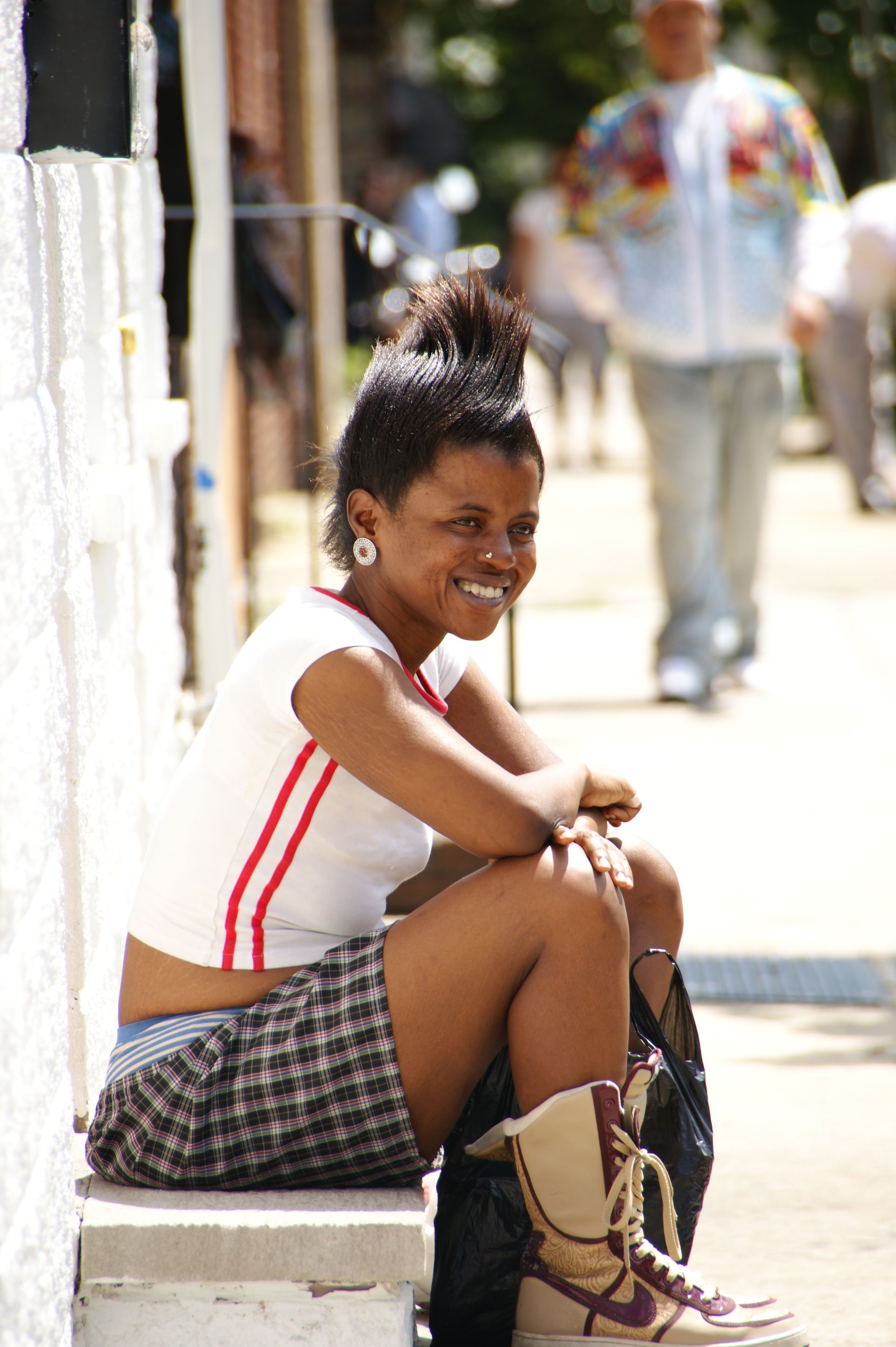
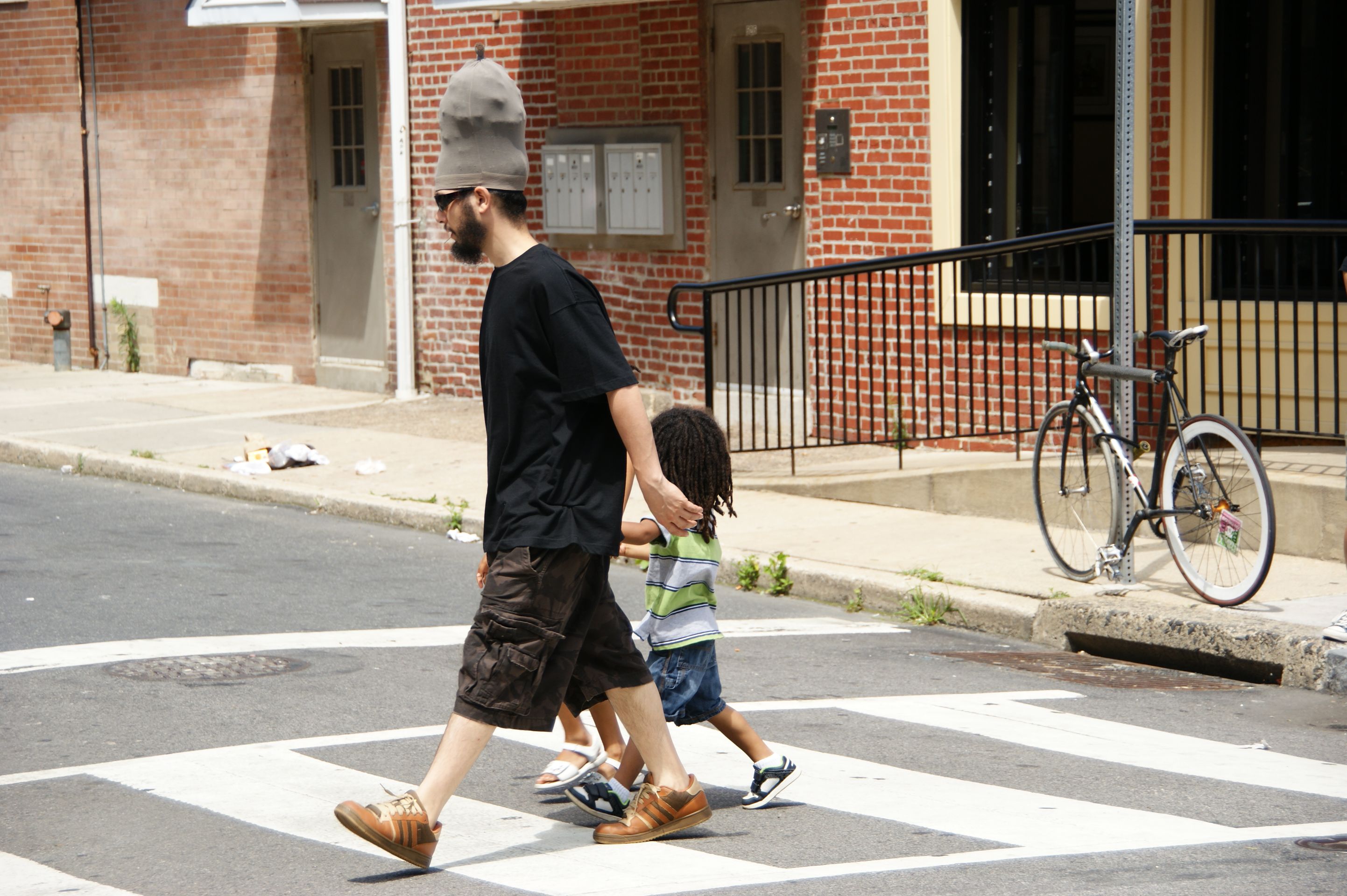

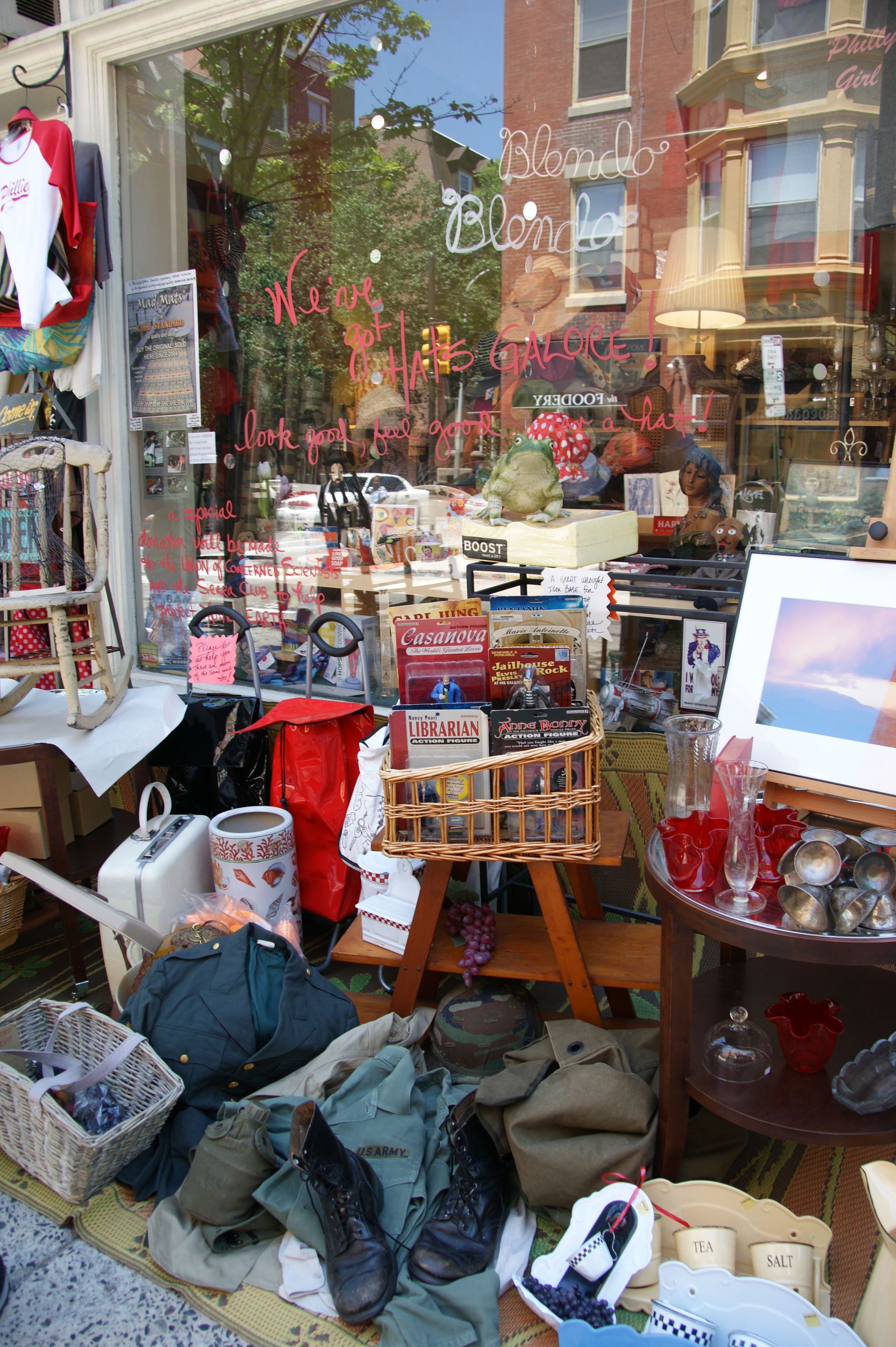
At Penn’s Landing - the promenade along the Delaware River, we see a sailing ship and other boats.
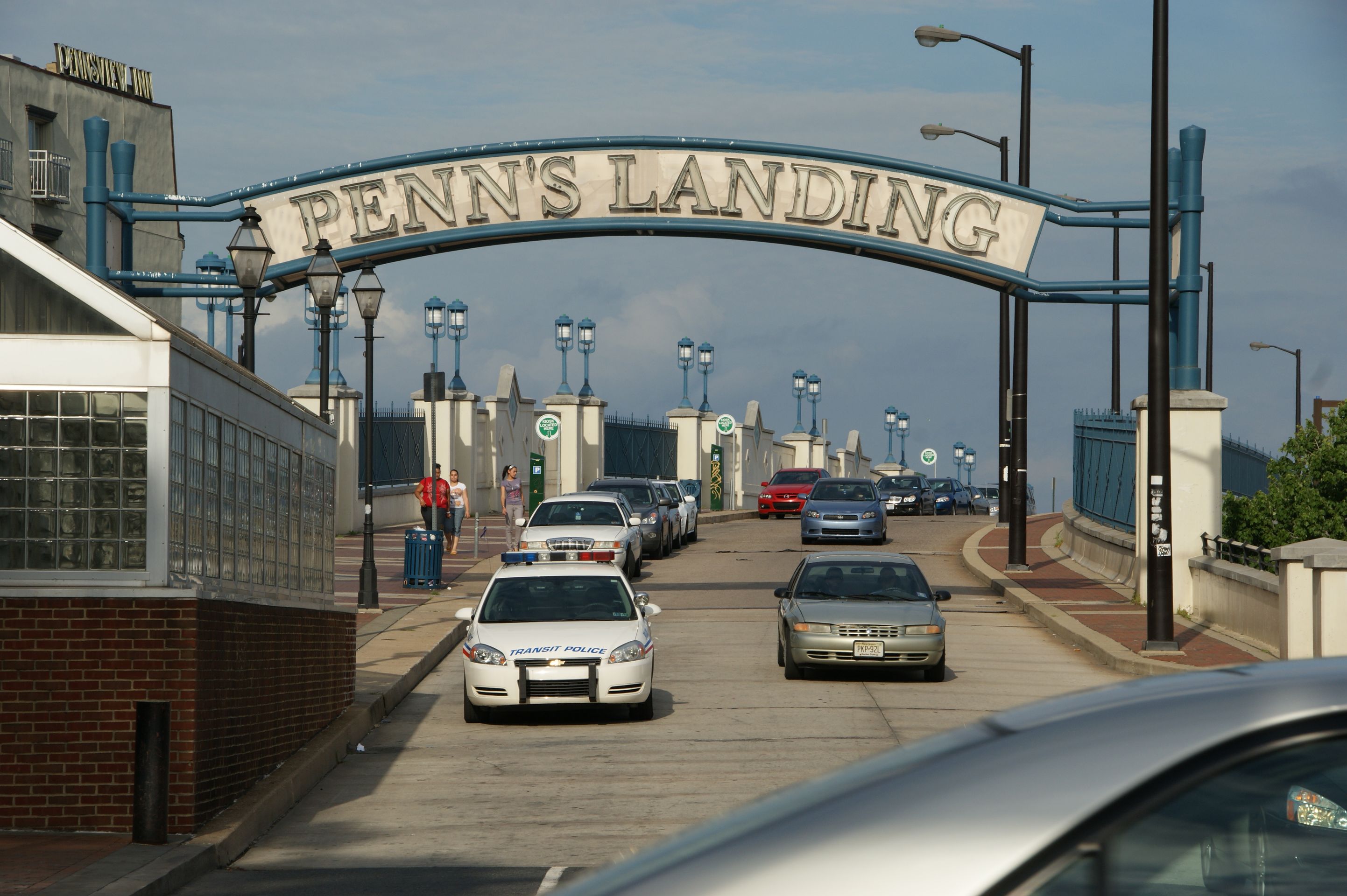
Again, we wait at the bus stop for the bus, but once again, in vain. After 30 minutes, we give up and continue on foot. We explore Elfreth's Street, the longest inhabited street in the USA. Small houses, still occupied today.
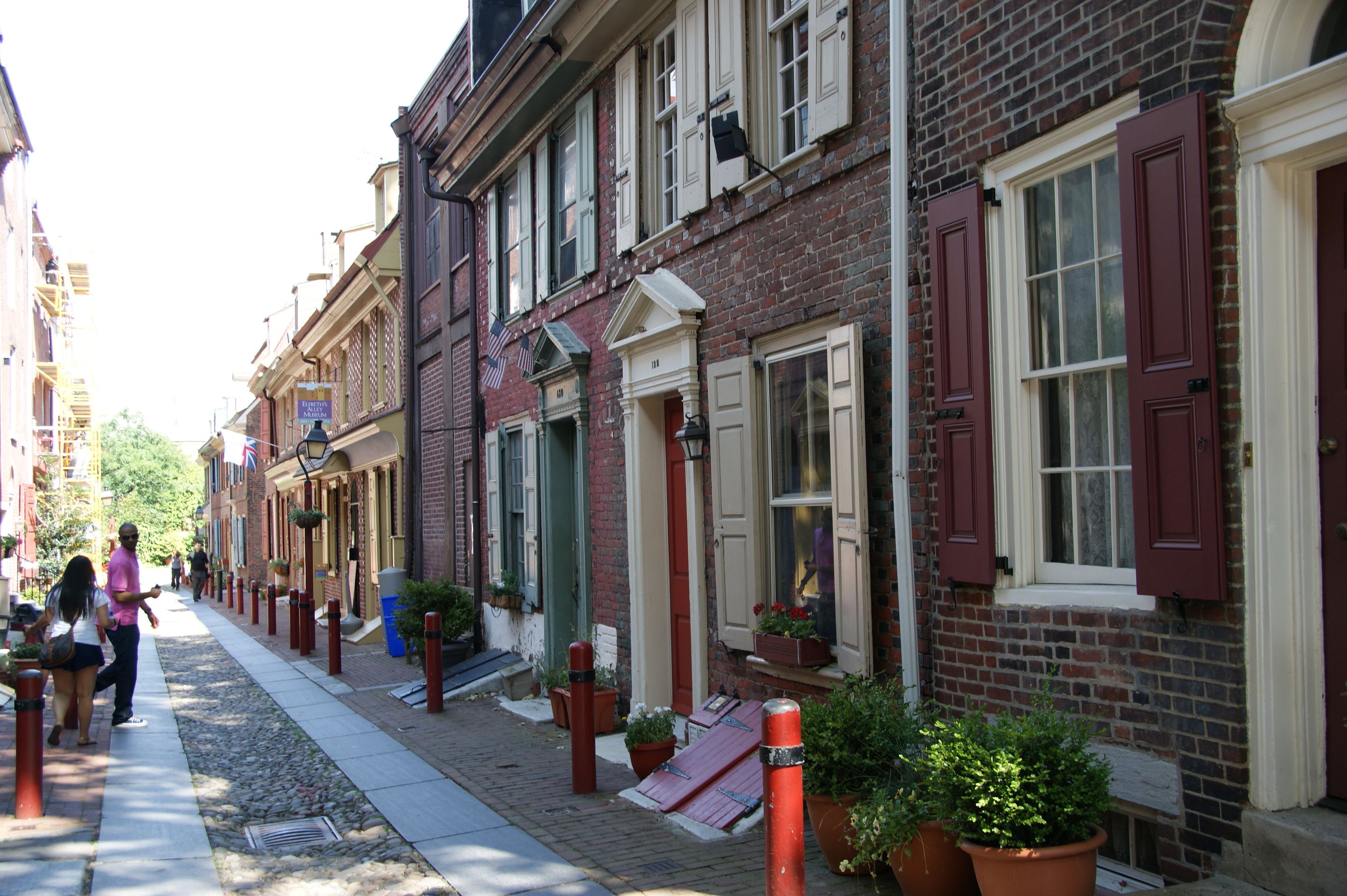
The Nancy Ross House is not far away. As is customary in the USA, this is also a historic monument. The former resident there only sewed the first flag of the USA - 13 stars, representing the 13 states that signed the Declaration of Independence. How impressive! We skip a more in-depth visit and once again wonder why so many people are waiting there for a tour.
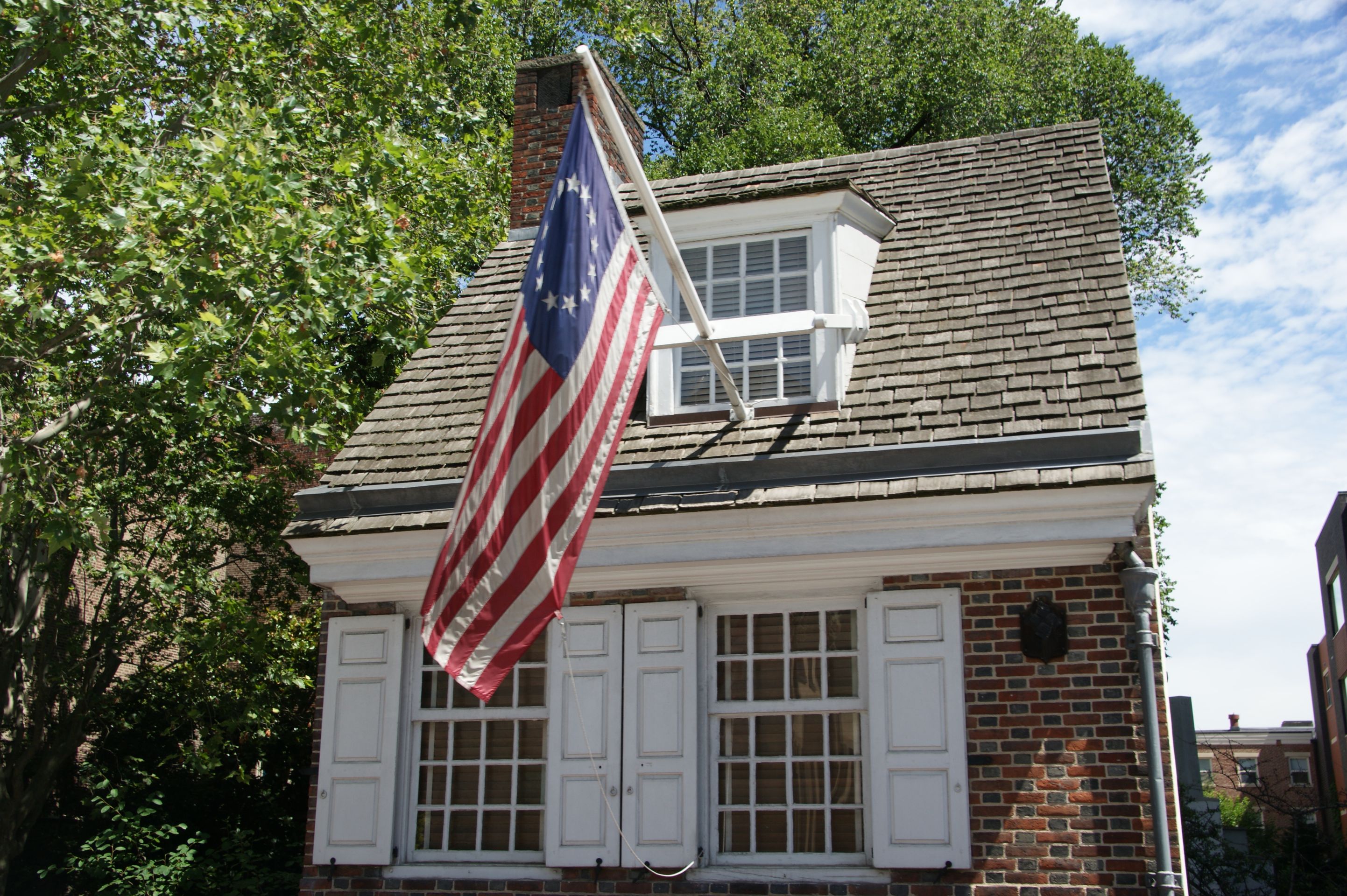
We stroll to Jewelry Row, the street of jewelers. But everything is closed by now. So we continue - and that's how we come across the Quaker House. The Quakers founded Philadelphia.
We walk along Christ Church Cemetery, where Benjamin Franklin is buried and see his plain but large gravestone. He was instrumental in the Declaration of Independence and was quite a phenomenon. With only 2 years of schooling, he still achieved so much that he retired at 42 after starting working at the age of 12. He was a printer and also founded several interest groups. His printing house is still a museum on Market Street.
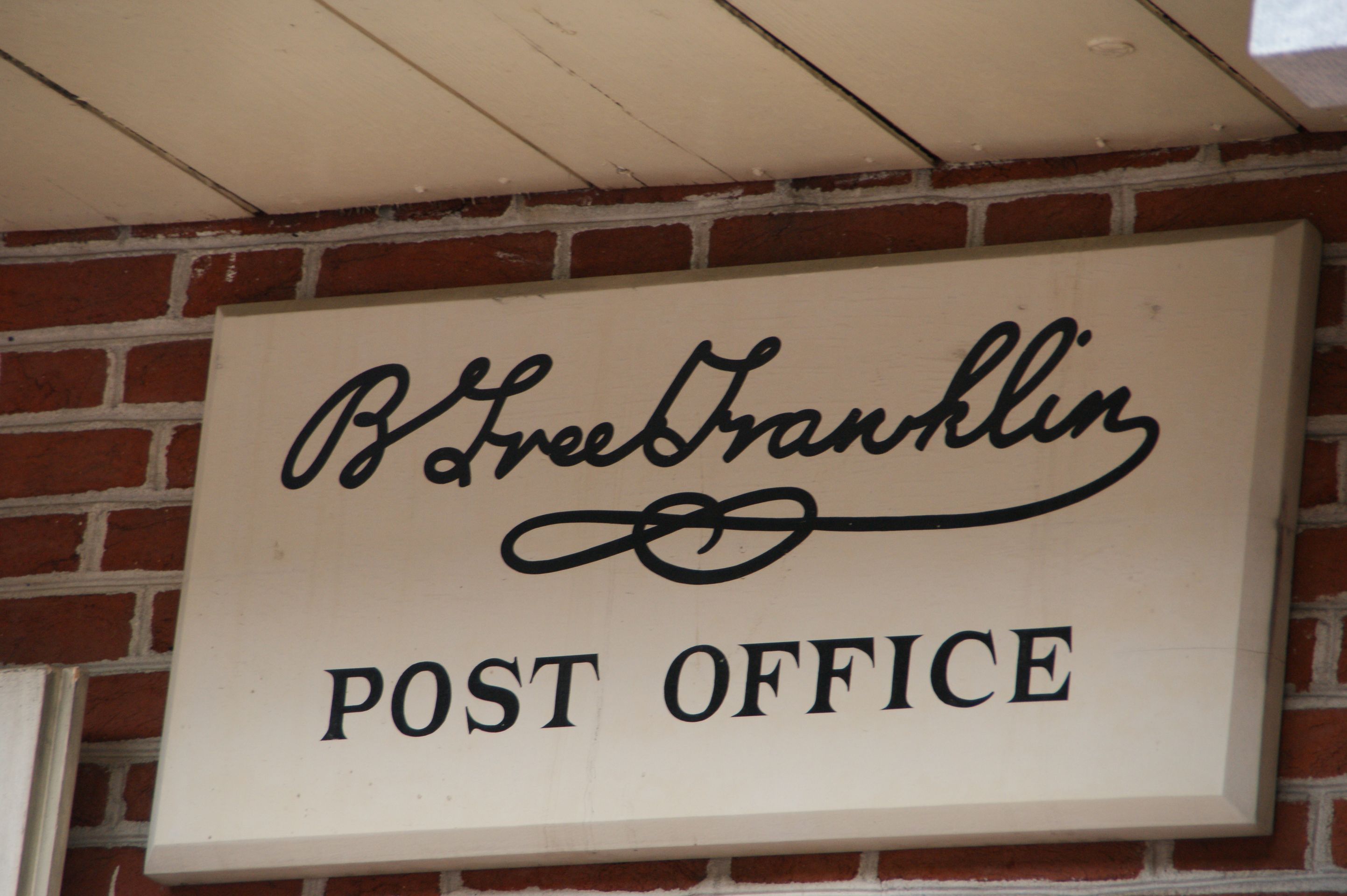
Back at the Visitor Center, it's now 4.00pm, and at 4.15pm, we watch a film about the time of the Revolutionary War - from the perspective of four young people, their thoughts crafted from letters and diaries found. As is often the case in these films, it is really well done. Somehow, the Americans can put together such historical films (which usually only run for 20-30 minutes) that are easy to understand and entertaining.
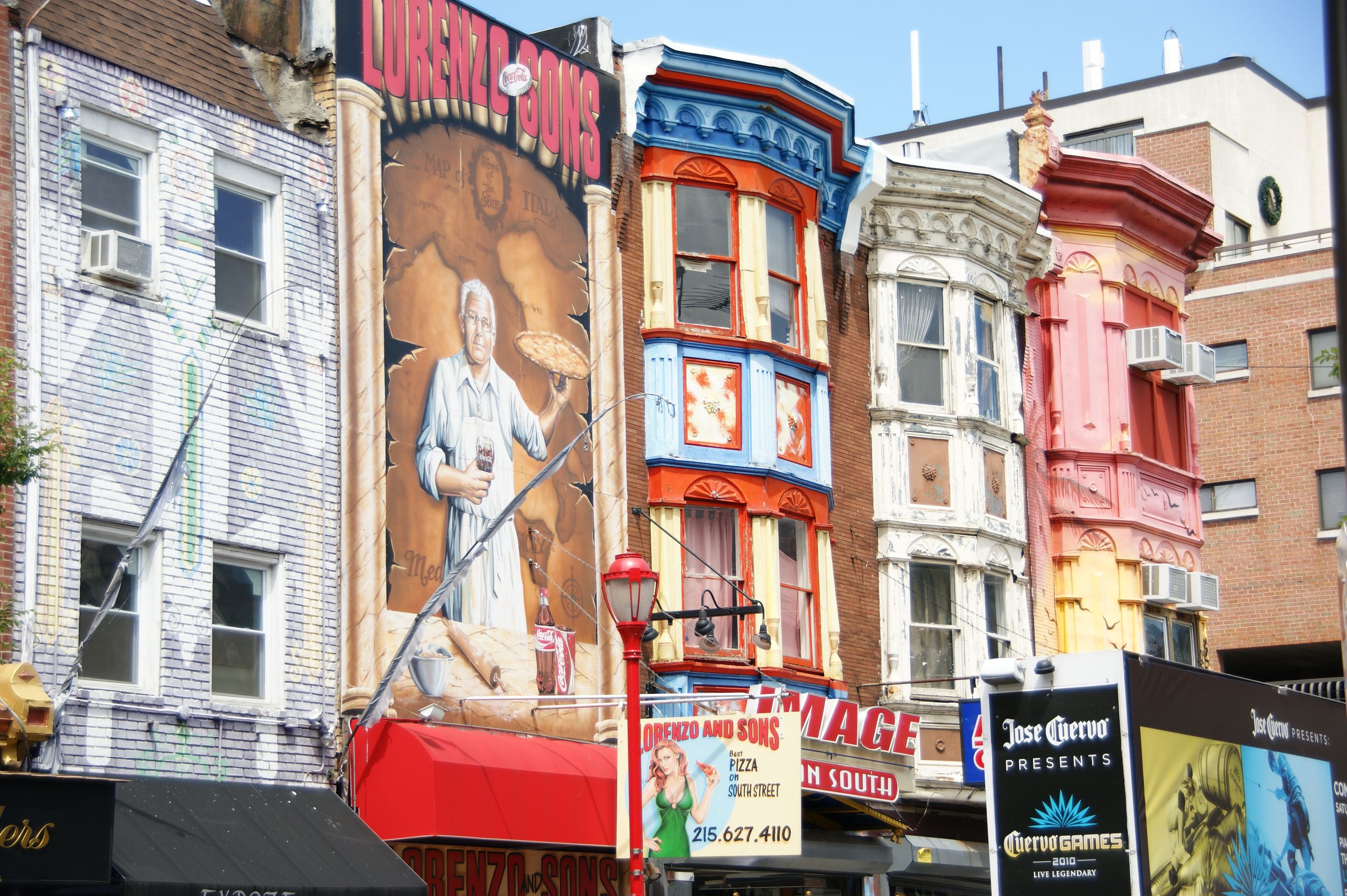
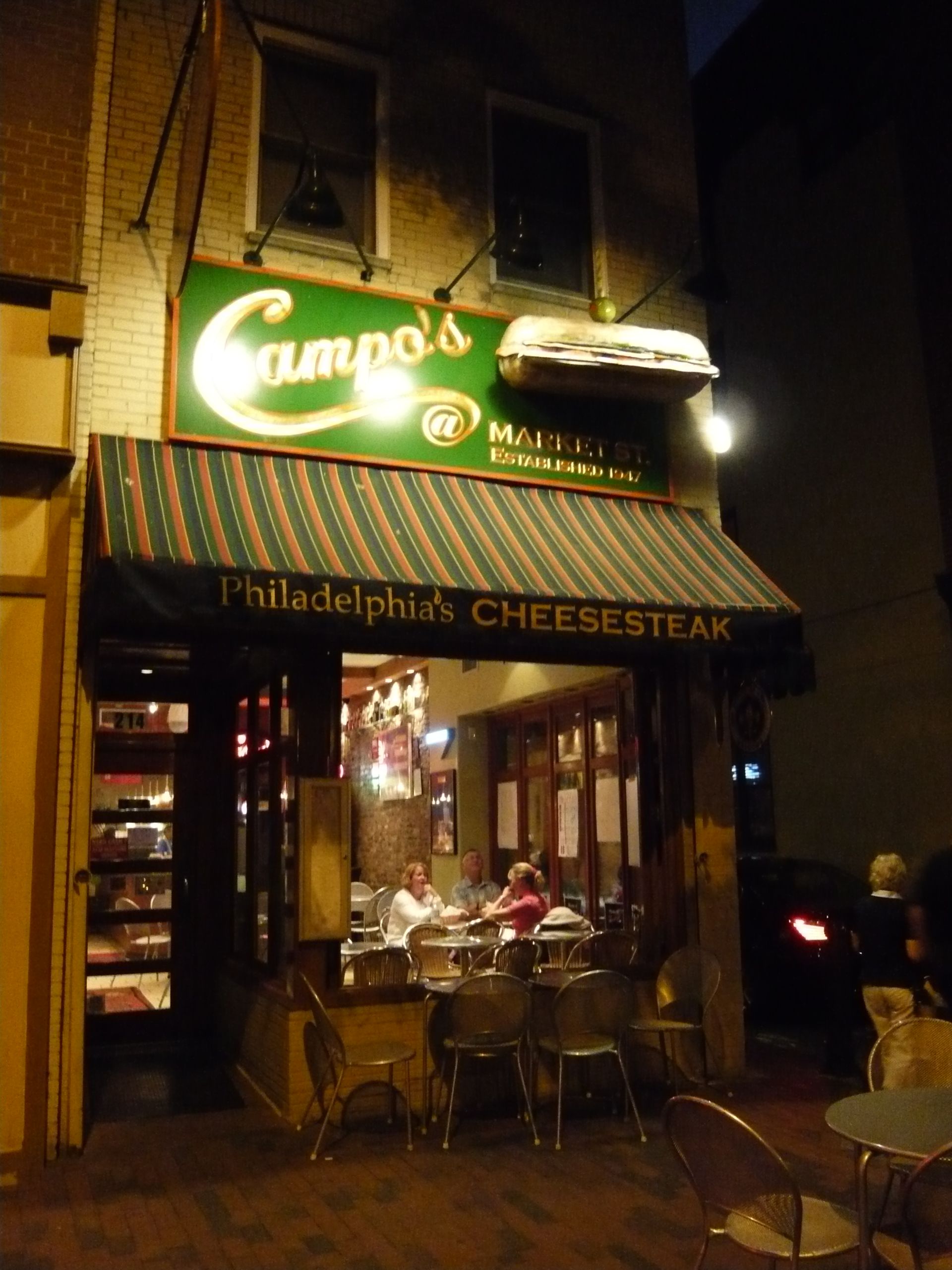
Okay, our limit for history is also reached, and we head towards Market Street, where we eat a salad at "Gigi" after a short stroll. We're back at the hotel by 9.00pm and pack our things. G. flies home tomorrow.
Assine o boletim informativo
Responder
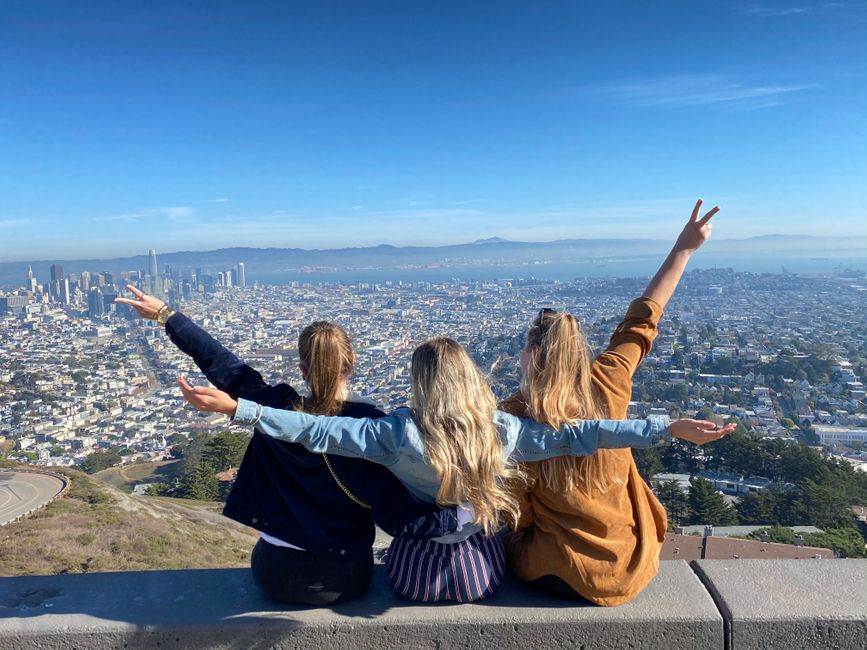
Relatórios de viagem EUA
